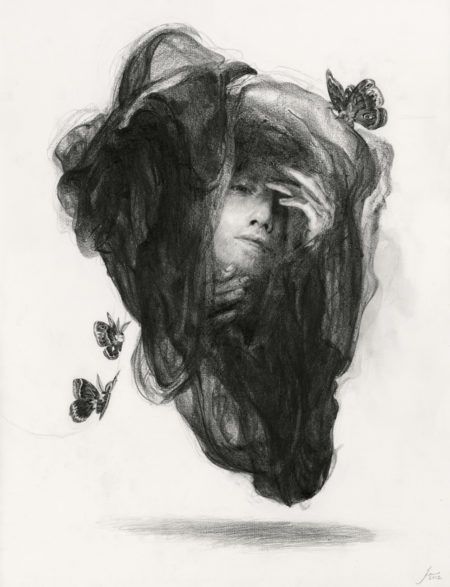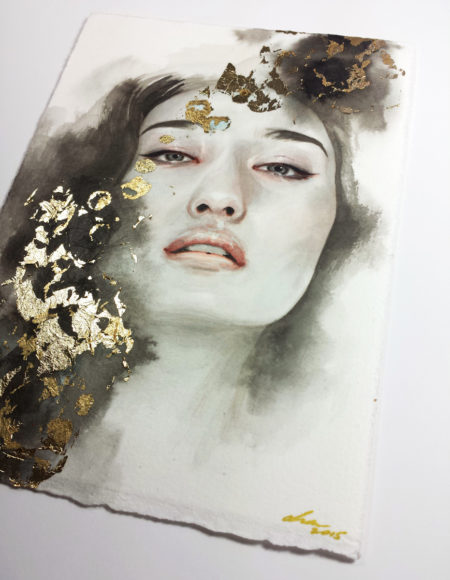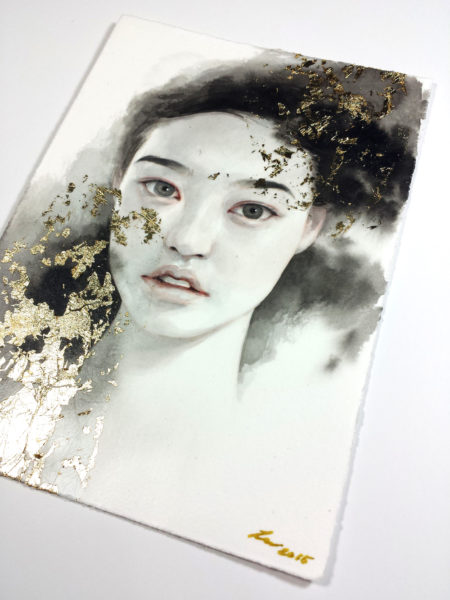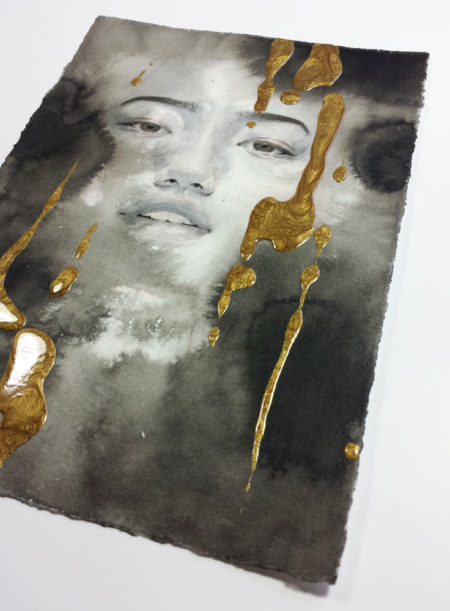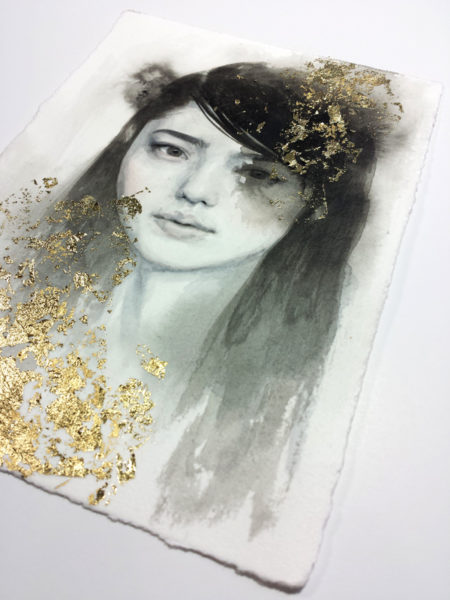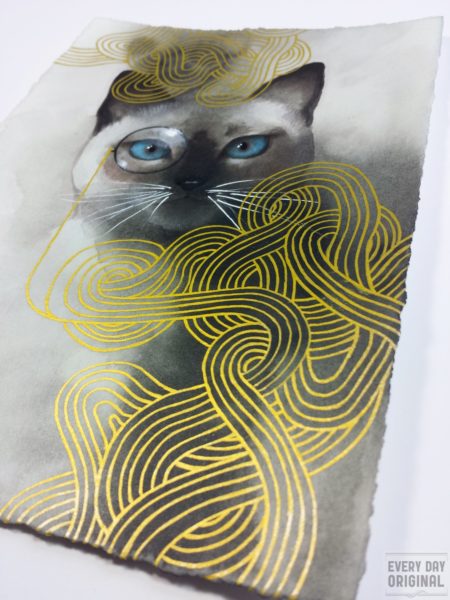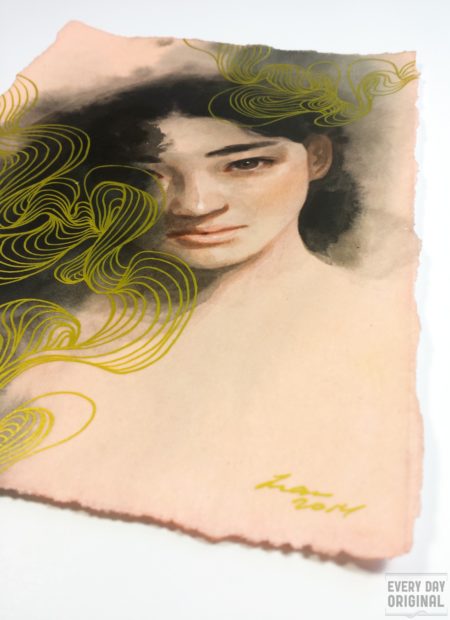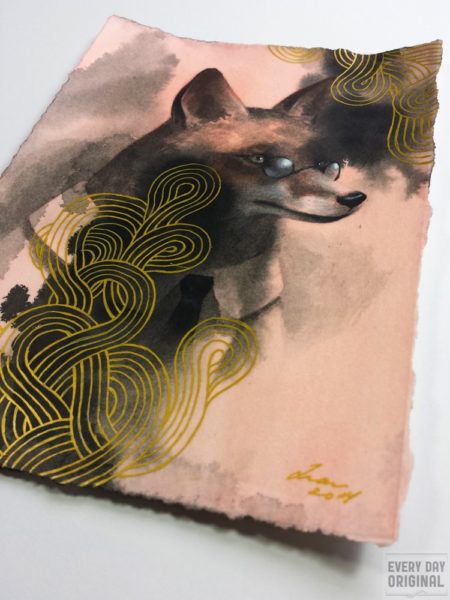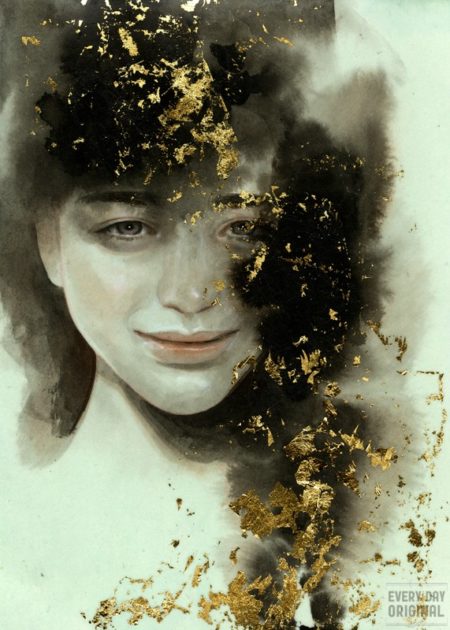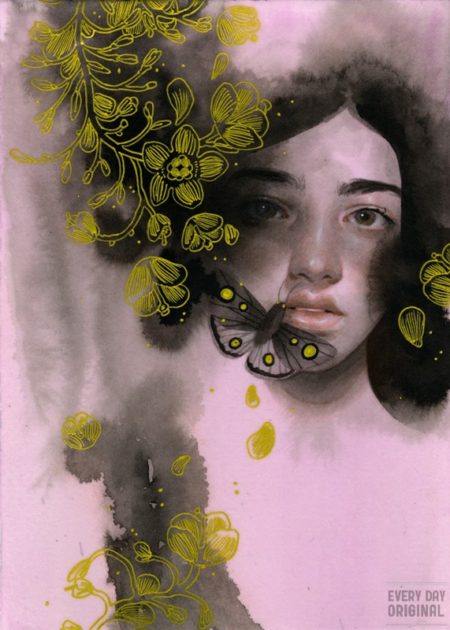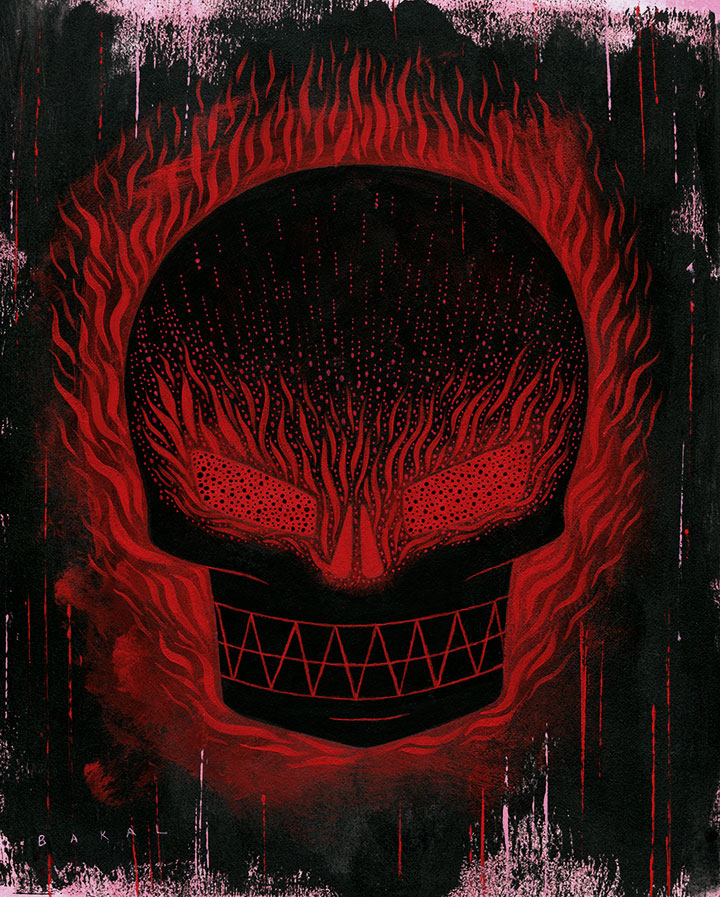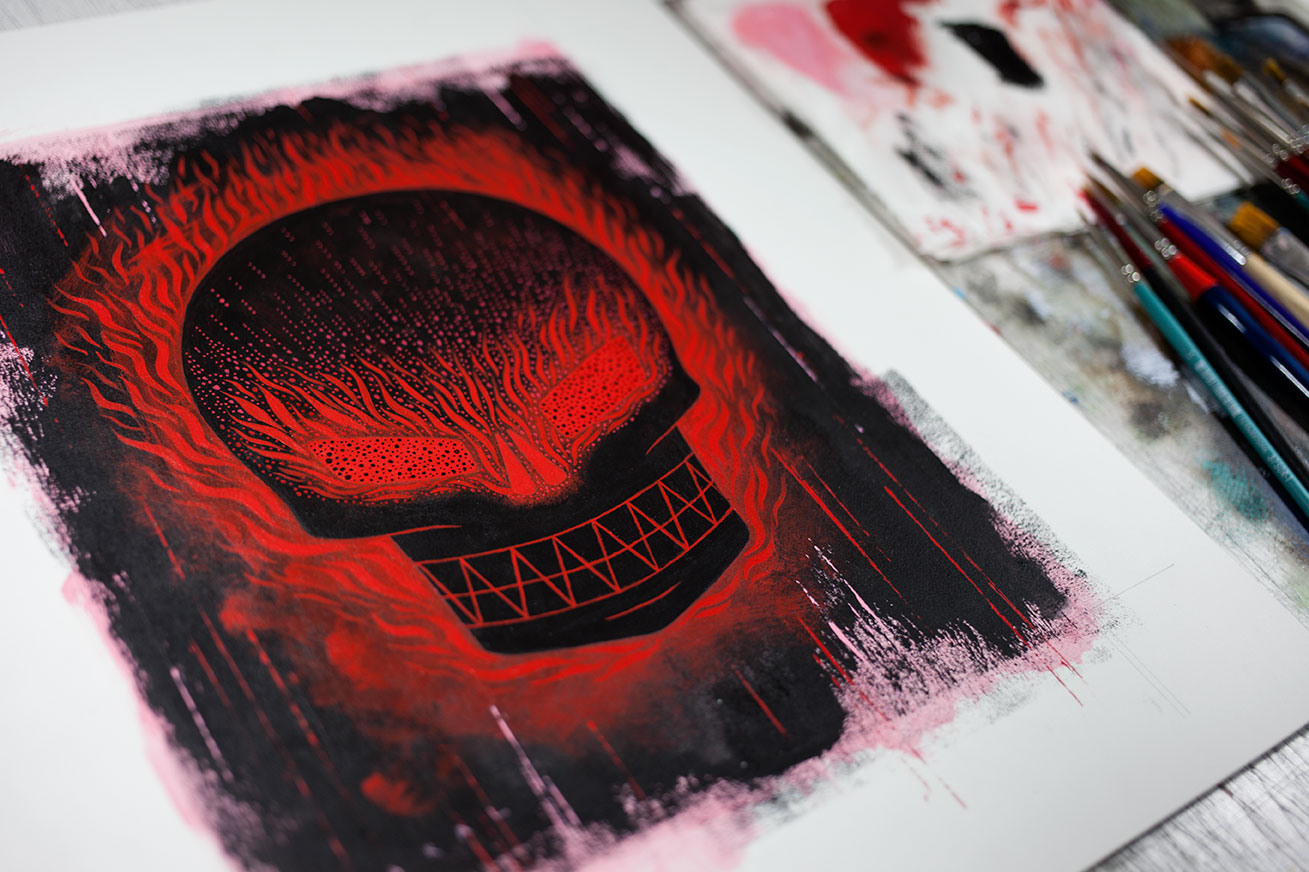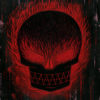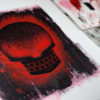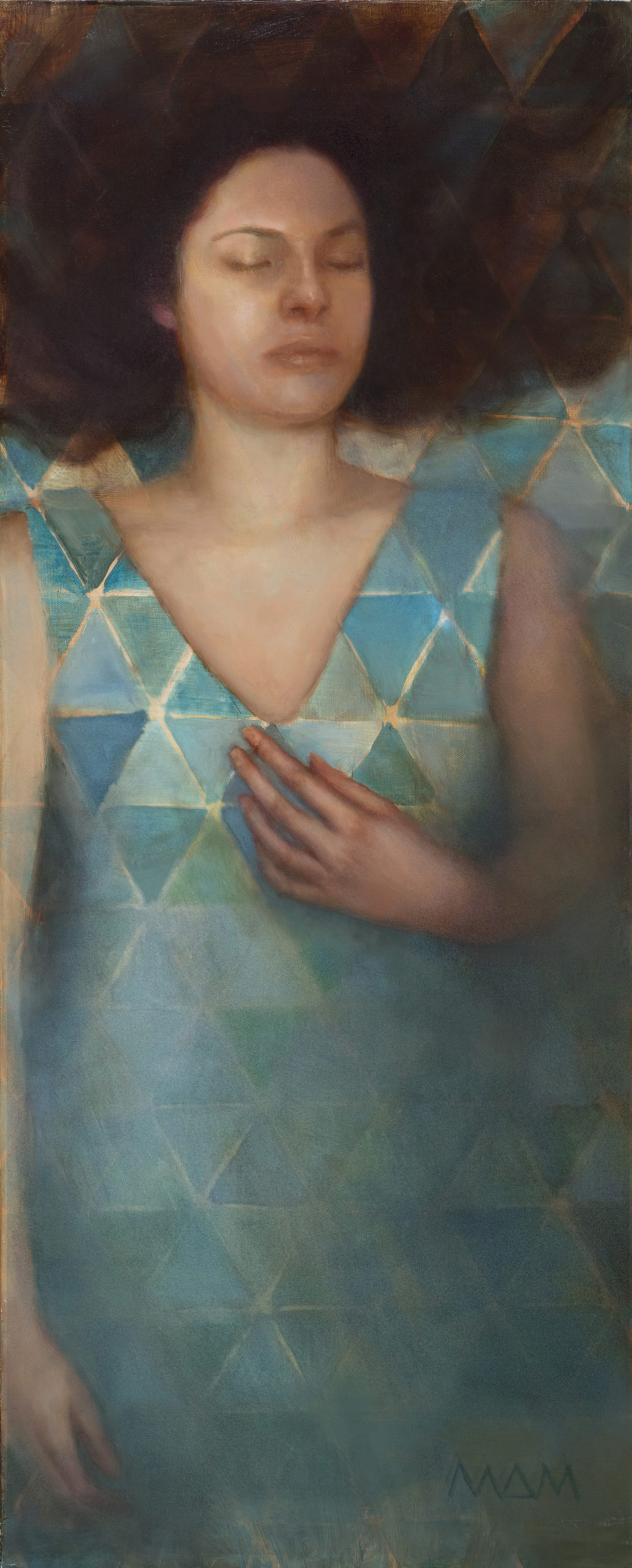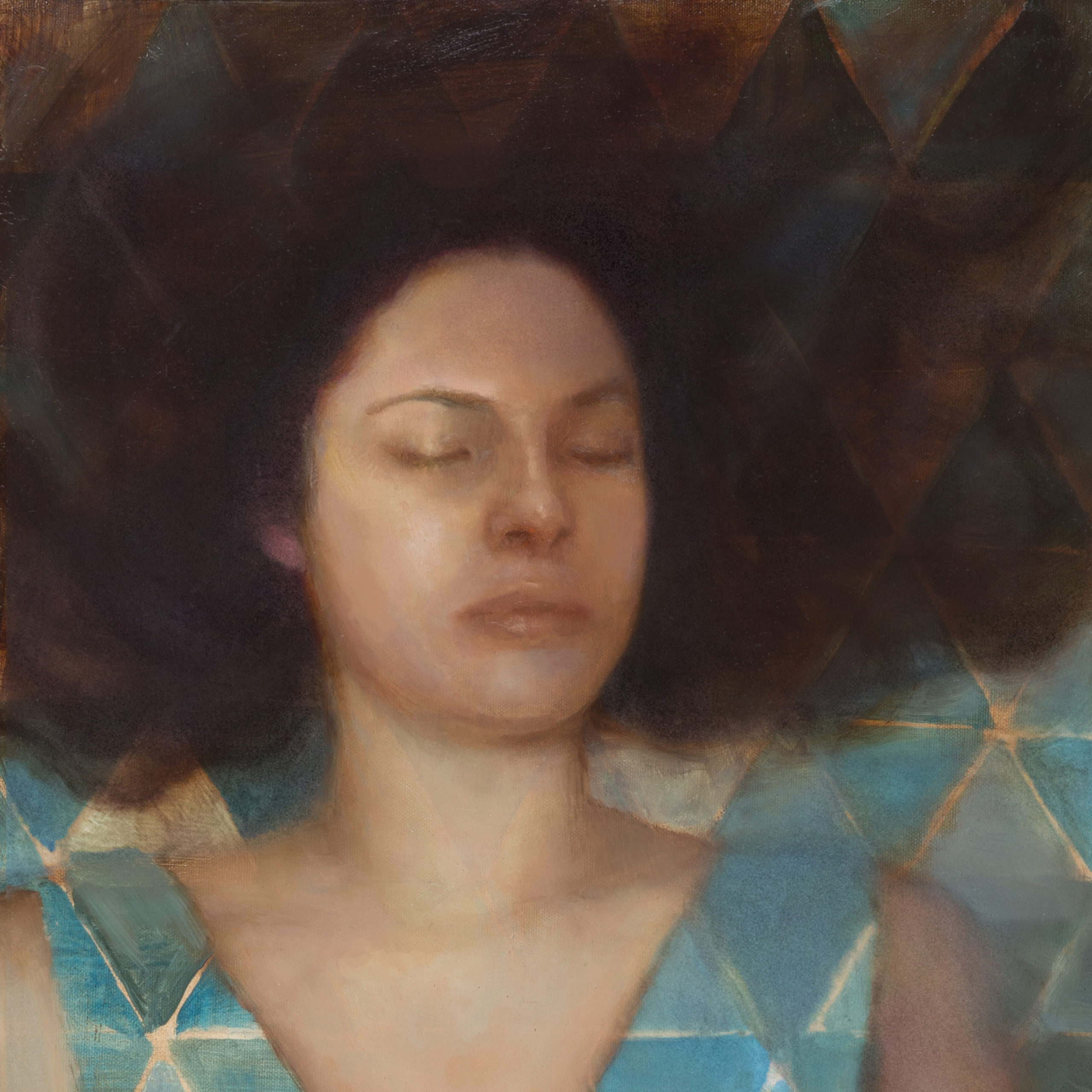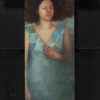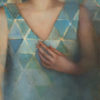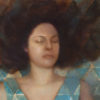We had a chance to catch up with Kwanchai Moriya, an EDO regular and brilliantly colorful painter. Kwanchai creates breathtaking acrylic paintings that absolutely glow. He blurs the line between fantasy and reality, and takes us through some of his process, history, and exciting things in the nearfuture.
Find out even more about him and his work at http://www.kwanchaimoriya.com
Kwanchai, could you tell us a bit about your journey as an artist? Where and how you started, and early hurdles? Education?
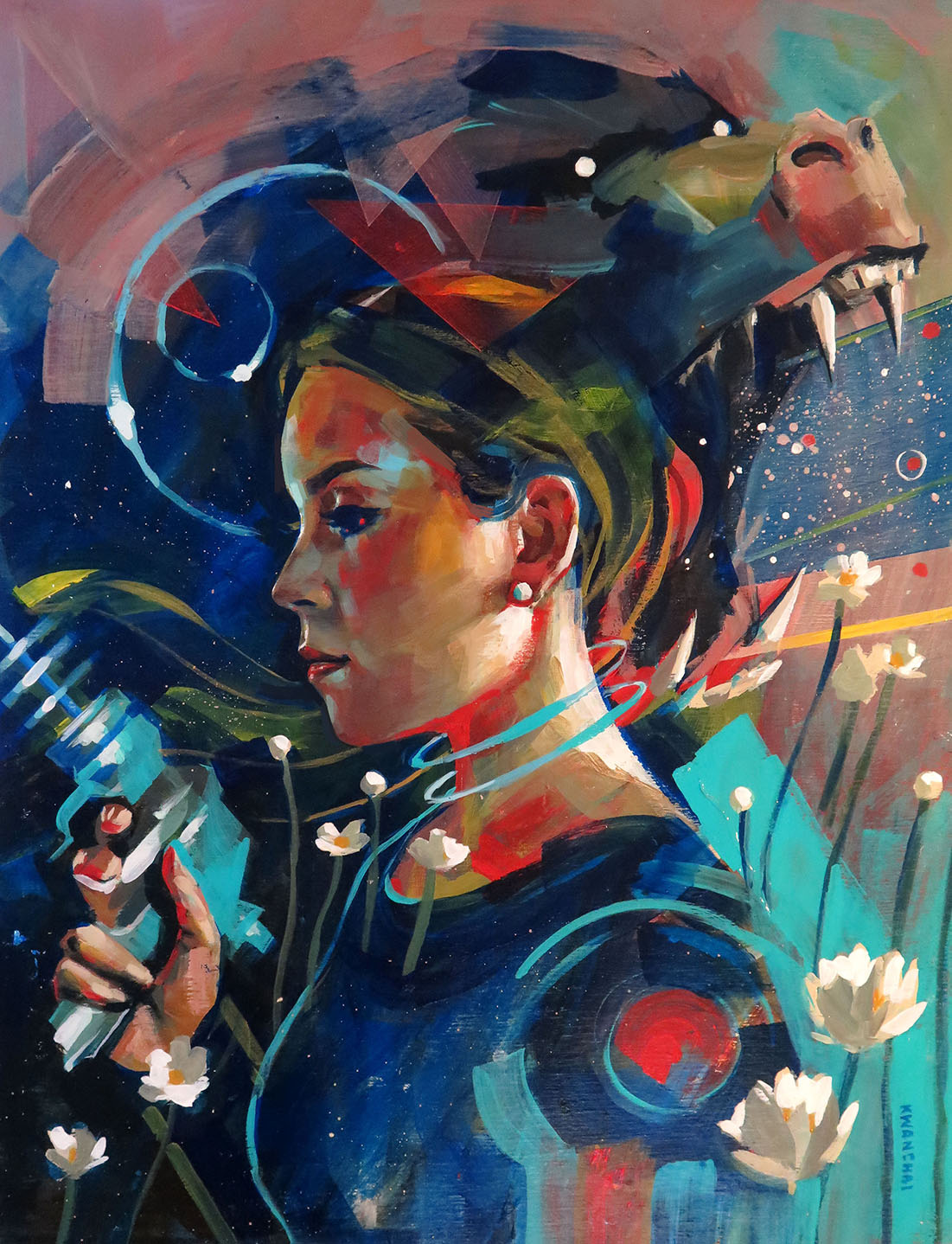
The earliest memory I have of artistic acclaim was an apple and banana, rendered in pastels. I think it was 2nd grade, and I think it was for a class at the local park district. My memory is fuzzy on the details, but I do remember, with clarity, that I felt like master of the goddamn universe when my mama put that bad boy on the fridge. It’s an uncanny feeling, like someone else more qualified must’ve done that amazing art in front of you. Then you remember that YOU did that, and you whisper, “oh fuck yea….I did that shit.” Except I didn’t swear back then. So who knows what I said.
Many years later the feeling is the same. That feeling of total badassery that comes along with nailing a piece of art is exactly the same. Doing the thing that you are meant to do. It doesn’t happen every time of course. I think that feeling is what drives you on, through hills and valleys, over hurdles, in to hardship, out of hardship. I don’t think my story is very unique. Like most, I meandered into adulthood, trying to carefully balance a life filled with other folks’ expectations. And at a certain point I snapped, threw out the scale, and took a big leap. A major part of that leap was art, but, of course, it was many other things as well.
As far as job descriptions go, ‘painting and drawing stuff’ still feels a bit ridiculous, especially when I think about my parents’ blue-collar jobs that were instrumental in paying for it. There’s a lot of luck involved. I mean, I work hard and you have to be smart, of course. But there’s a lot of crossing your fingers and hoping for the best. Also, no artist wants to lift the veil of mystery to reveal a very understanding, loving significant other, with a stable job that keeps their dumb ass afloat in dry spells. It’s all a part of the progression, though. And, I do my best to remind myself that it’s a privilege to be passionate about what I do.
For EDO you have freedom of subject matter, how do you go about creating ideas and planning for these small paintings? How much is planned versus spontaneous?
I start with a kernel of something: an image from somewhere, a moment from a book or movie, etc. And then I have a huge library of imagery that I’ve collected and I scan through them looking for the right composition or idea that might convey that kernel. And with those two things: the idea and a composition, I just kind of attack a blank board until I’ve blocked in the whole thing in paint. Then I go back in and start to work it and refine it. A hundred percent of the time both the idea and the composition change somewhere between start and finish.
You have a refreshing take on the fantastic, where things are quaint and intimate yet other worldly, such as your painting of Marvel Girl/Jean Grey. Would you consider this a Kwanchai aesthetic that you strive for, or a natural reflection of what you like to paint?
Thank you! I don’t really know where it comes from. I know what I like: heroines, small everyday mundane moments, huge monsters, robots, the color blue. And those seem to come up regularly in my ‘repertoire,’ if you will. Occasionally I try doing something that just isn’t really in my wheelhouse. Because, you know, as an artist, you have to stretch and grow and experiment to stay fresh etc., etc. And I have a whole stack of those paintings shoved between the shelf and the wall, where I don’t have to look at them.
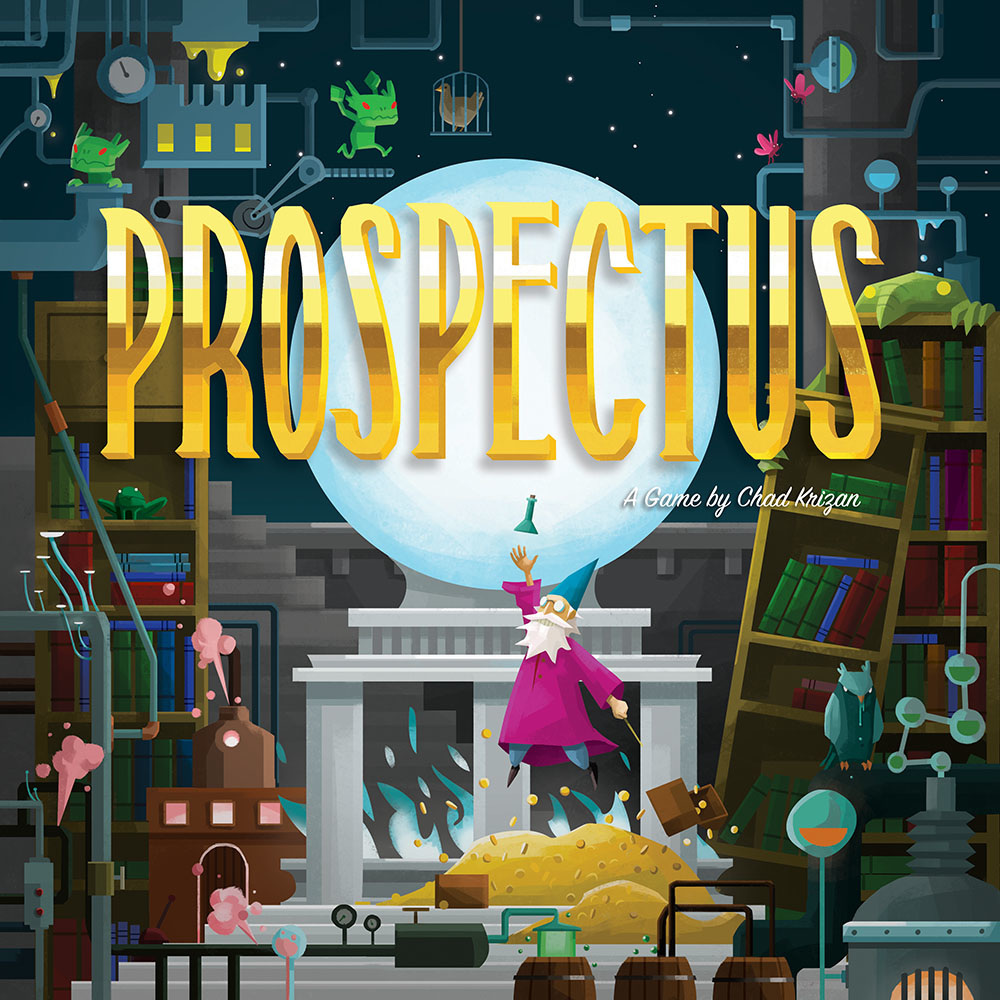
Who are some of your inspirations and art heroes? What about them inspires you? Technique? Life choices? Fashion sense?
Some of my art favorite painters from when I first started painting are: Leyendecker, Bernie Fuchs, Sachin Teng, Greg Manchess, Sterling Hundley, Andrew Wyeth. I have a pretty eclectic taste in artists, the list goes on and on. One thing that is a common skill amongst all my favorite artists, though, is the ability to make a striking composition. A lot of people nowadays are super talented at painting cool robots, perfectly rendering sexy girls and badass knights. But I feel like a small slice of those people are also skilled at creating interesting compositions that fully utilize a rectangle of space. I try my best to be a part of that small slice, because, I definitely paint a lot of women with monsters and robots and helmets.
You have a very diverse portfolio, with very different bodies of work. Has this presented any challenges for you? If so how did you overcome them?
Yes, this is a challenge. In art school we learned to find your strongest style/voice and then stick to that. Otherwise, you risk confusing potential clients, and agents won’t want to take you on, etc.
At this point in my career, I spend an equal amount of time on three completely divergent styles: a) fun energetic board game illustrations, b) really simple cutesy paper cut out children’s book work, c) figurative sci-fi acrylic paintings for gallery shows. Board game publishers don’t pay a lot. But I love board games and take a lot of jobs that I should say no to. Children’s books pay the most, but I only get a few jobs a year. And paintings pay the least (in terms of time spent), but it’s the outwardly sexiest of the three and my most prized skill. Realistically, as an artist, I’m going to do all three of them and then some. So the question is: do I ditch all except one of them, in order to market myself better? And the answer to that is: I’m behind on all my deadlines so I’ll think about it 6 months.
But in all seriousness, all you agents and clients just waiting to hire me… don’t tell me what I can or can’t draw! I’ll find my own limits of creativity, marketing be damned. I didn’t crawl this far into the middle of the interstate to start making rational career decisions.
Do these diverse bodies of work ever speak to/rub off on each other? Or are they kept separated/in isolation from each other?
Honestly, a skill that clients respond to, regardless of style or medium, is the ability to manage your values well. Managing light and dark is so crucial in delivering your idea, no matter what the heck you are doing. It’s more important than colors or the anatomy of a face. And it’s absolutely key in making a good composition. If I want to see if a piece is working or not, I squint my eyes at it or (if working digitally) desaturate it in Photoshop. I’ll know right away if that shit ain’t right.
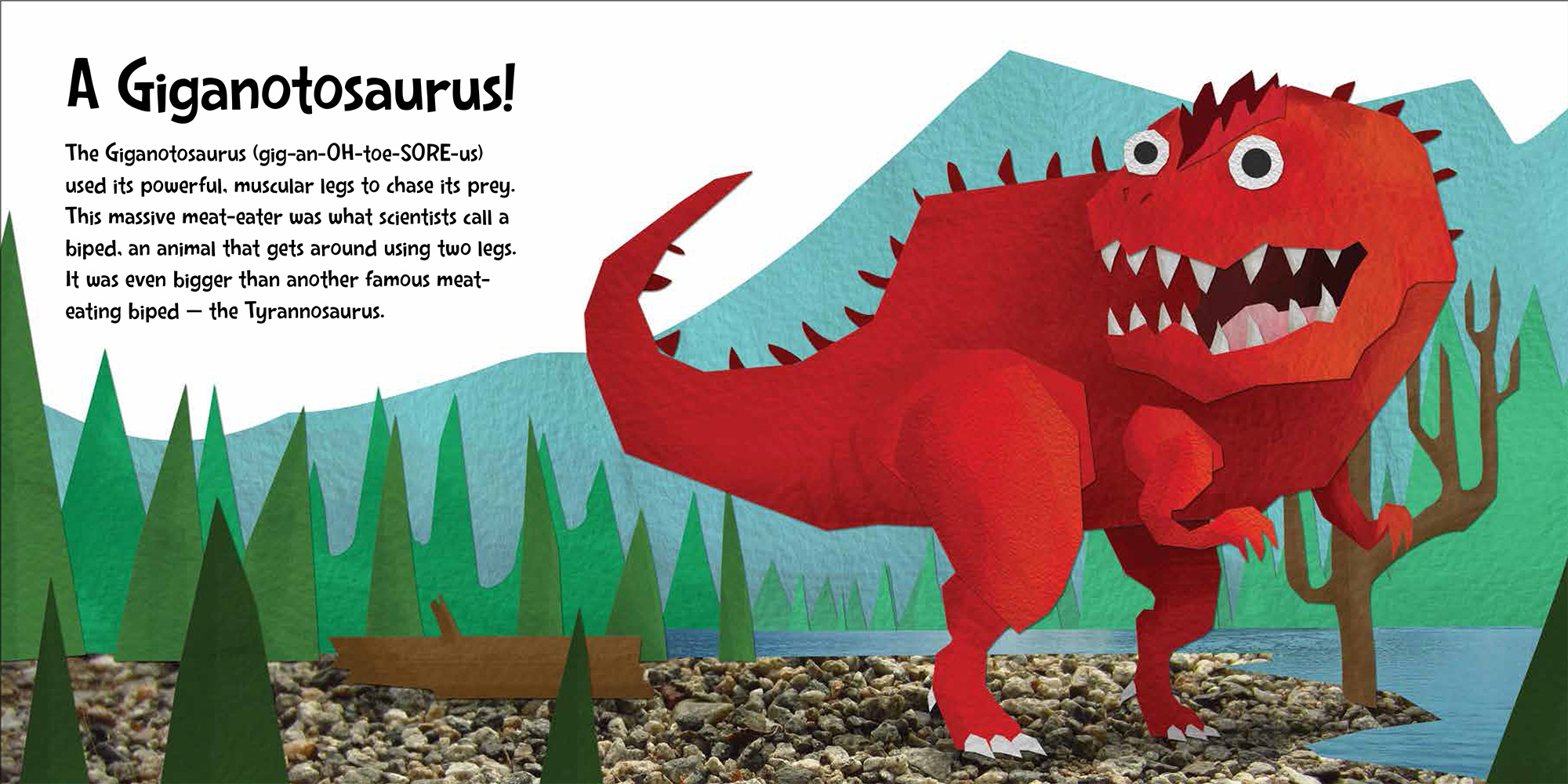
How did you develop your style? And how do your different styles reflect that growing process?
I didn’t develop a style consciously. When I’m painting, I try to keep the thought “make this awesome” in the front of my brain. Like, this thing I’m making, it has to be so awesome that if I saw it on the shelf, I’d grab it and buy it without thinking. If you keep searching for excellence in your work, your own voice is going to pop out whether you like it or not. Keep in mind, most of your early attempts at this look like some bad amalgamation of your favorite artists’ work.
My style shifted and changed over time to what it is now. All these little shifts were borne out of a growing frustration or stagnation. Then I’d decide to try something completely different, using masking tape or gobs of gel medium, or maybe a bigger piece of canvas than I’d ever used before. And 1 out 10 times it would work! It’s like when you find that perfect weapon in a video game and then you just keep using it over and over because it fits your style of play. And then by the end of the video game, you have maybe 3 weapons that you used for the whole game and you love them.
How does your personality and identity and inject itself into your work?
This is a great question that I should ask my friends. I don’t really know.
Actually, one thing I have had success with is injecting the model’s personality into a painting. I’m friends with almost all of the models that I use. And thinking about their personalities and nuances helps to direct the feeling of my paintings.
Any specific themes and concepts you revisit that isn’t immediately obvious?
I don’t think my work exudes subtlety. So what you see is what you get. There usually isn’t some big underlying truth.
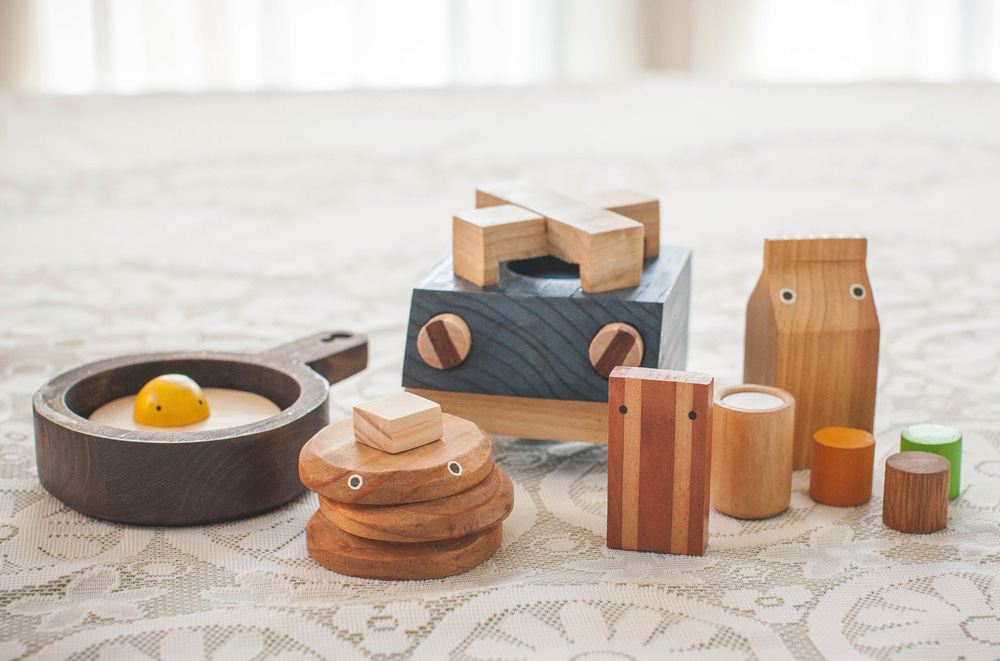
What are your personal projects? How important are personal projects for you? What do they fulfill?
Personal projects are super super important. It’s the kind of work you’d do all day long if you had a zillion dollars, perfect relationships, and all the time in the world. It’s you, at your finest. I think they are the most important vehicle for getting you out of an artistic rut. They are also crucial in helping shape your career goals.
I always have a bunch of side projects, including designing/illustrating a board game or two, a woodworking toy project called the Breakfast Playset, and numerous painting ideas.
Could you tell us more about your process and technique with acrylics?
Yes, of course! I use Liquitex Heavy body acrylics and usually I just buy the cheapo value pack of synthetic brushes (since I beat the brushes up pretty bad). I use a porcelain butcher’s tray for a palette. I also use a hair dryer constantly to dry my layers quickly.
As far as strategy goes, I block in the entire painting first, big rough strokes making sure there’s no white. Then I start attacking the painting, starting with the biggest beast in the room (whatever I’m most intimidated by). Take her down! It makes the other littler beasts respect you.
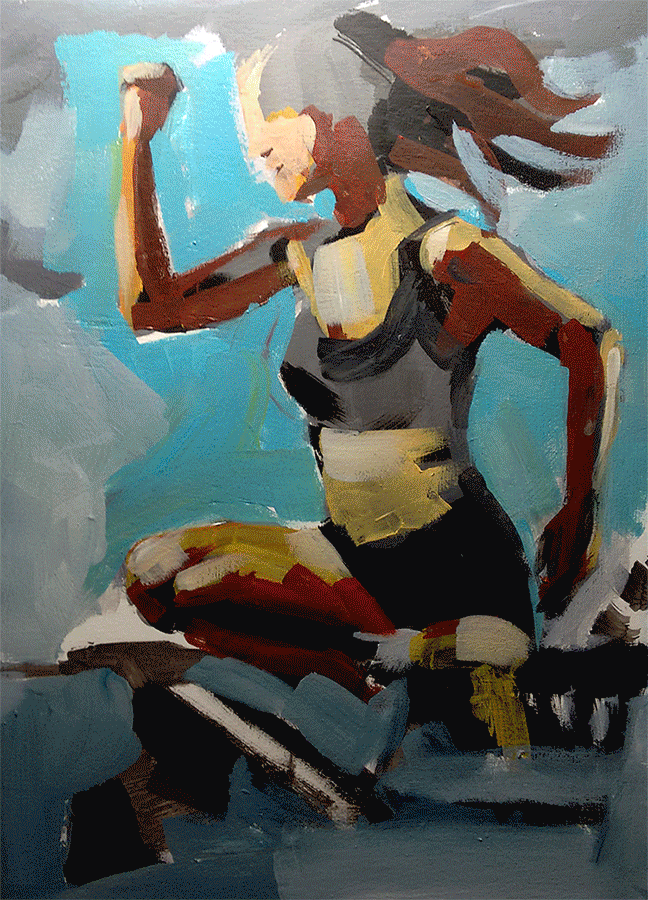
Are their specific materials you use or prefer to get such bold and vivid color palettes?
Actually I almost exclusively use cad red, yellow ochre, phthalo blue, burnt umber. A little bit of white maybe. Pretty basic colors as far as colors go. The only unique tube of paint I use a lot of is this light blue that Liquitex calls “Brilliant Blue.” Getting vivid colors is easy if you stay away from white and black (which you should anyway).
Why acrylics over other let’s say oils or watercolor/gouache?
I started with oils. But drying times and the breakneck pace at which my sessions usually go, demand something more practical. Also, for the first two years of my art life, I lived in a small studio apartment with one window, which was also my workspace/kitchen/living room. So forget about using oils and solvents.
Watercolor and gouache are far too unforgiving for a brain like mine. Using watercolor, and especially, gouache feels like walking in a minefield: a few steps in the wrong direction and boom. It requires a good plan and forethought. Painting with acrylic (and oils) is mostly heavy handed sculpting, topped off by a short session of tiny laser strikes.
Any tips or technical advice you can give to an artist who wants to become more proficient with acrylics?
I think acrylics are great when paired with a variety of mediums. You can get a lot of different effects that way.
What have you learned about yourself and your work in the past year?
I’ve learned that I need to give myself time to breathe. Managing and planning a schedule that includes good breaks, equals better, more thoughtful work. Burnouts are never good.
What do you want the audience to take away from your work?
That is a difficult question, because I really don’t know. It’s still really cool that my paintings get sold at all, to be honest. That hasn’t worn off just yet.
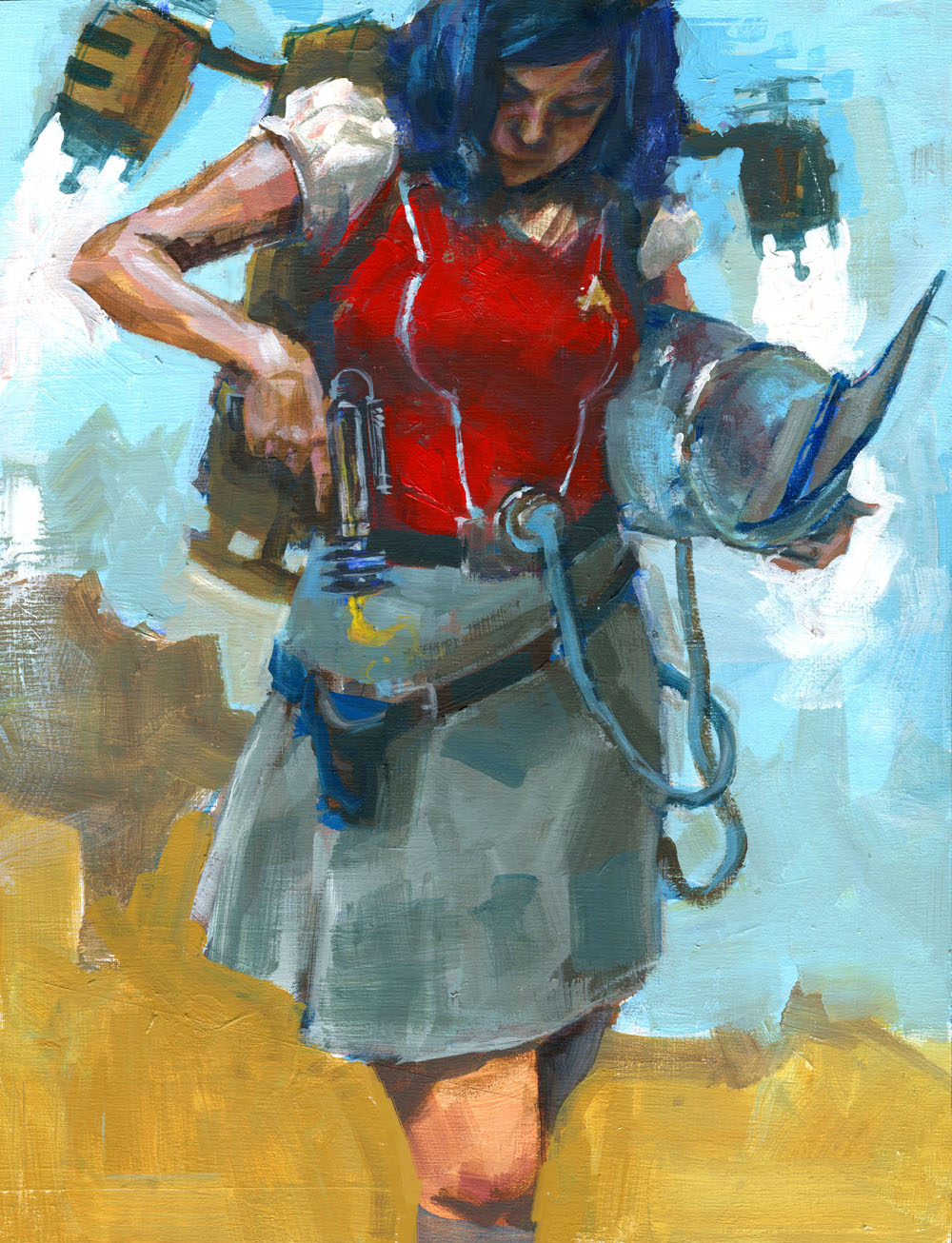
What are you looking forward to in 2016? What’s next for Kwanchai Moriya?
I’m looking forward to a handful of group shows this summer and my first solo show later this year. Then there are a whole lot of board games that I’ll be the illustrating and traveling to conventions to promote with publishers. I also have two children’s books that I’ll be doing with Kids Can Press.
It’s only in the last two years that I’ve been able to quit my assemblage of crappy part-time jobs in order to paint and illustrate full time. I still can’t believe it’s working, and I’m afraid that any day now, agents will break down the door and be like, “This isn’t a real job! Cuff him boys, take him to Job Land!” “Also… surprise, all your student debt is back!” That would suck. But, jokes aside, freelancing is pretty much like running a small business, with all of its pitfalls and none its tangibility. Gotta be careful.
In the last two years, all of my greatest victories have happened like this: I wake up, it’s 2PM because I was painting all night, I roll over to the nightstand to check my email on my phone, and I open up some bomb ass email from a dream client. Time stops and the heavens open, I cheer silently to myself, groggy and alone in my bed, the afternoon light streaming through the window. A few years ago, that’s literally how I got my first real gig (a dinosaur kid’s book) after years of trying and hoping, and I just broke down crying. Couldn’t believe it. At this point, every new opportunity is precious and I’m looking forward to anything that comes my way in 2016.
[fbcomments num=”50″ countmsg=”wonderful comments!”]
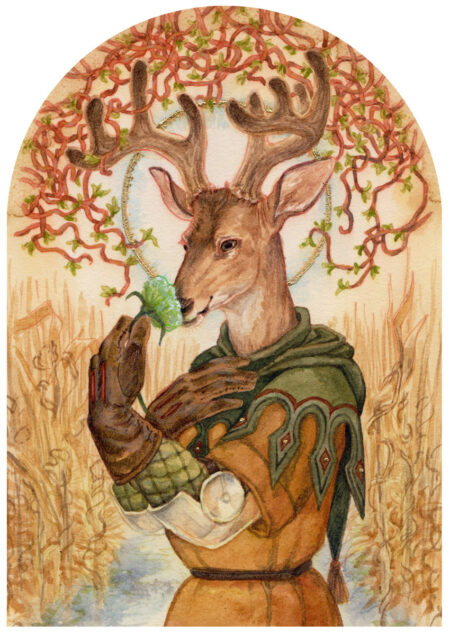
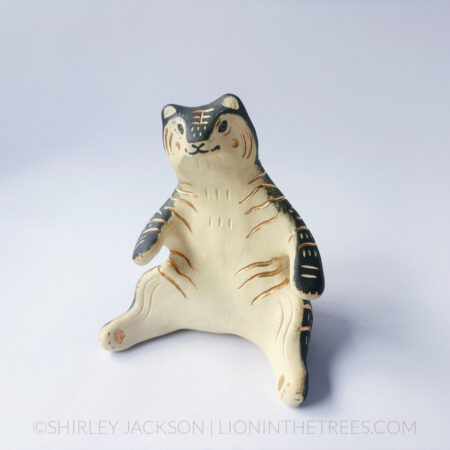
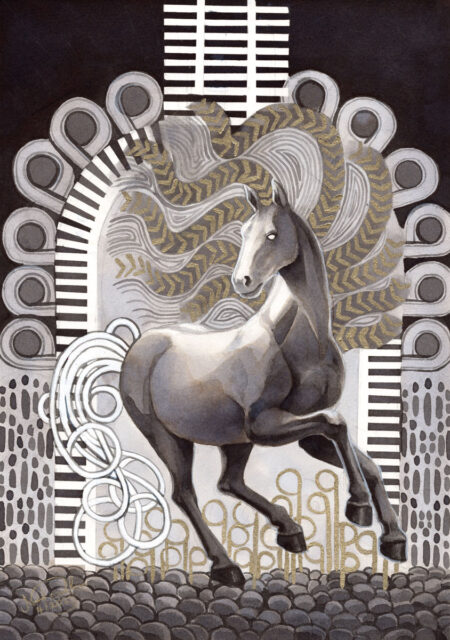
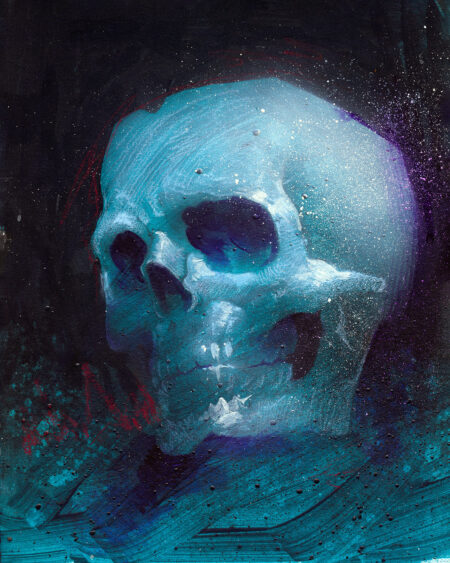
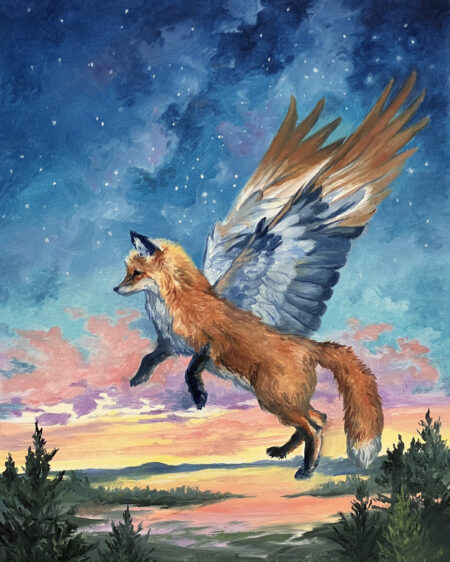

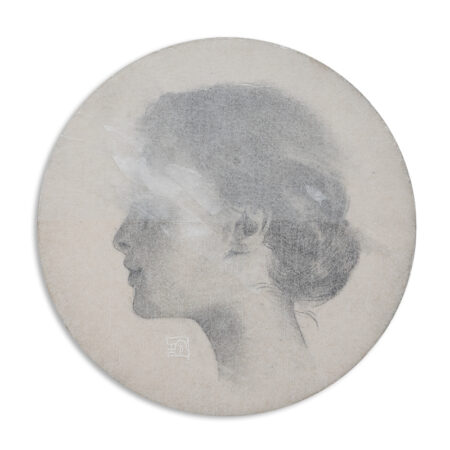
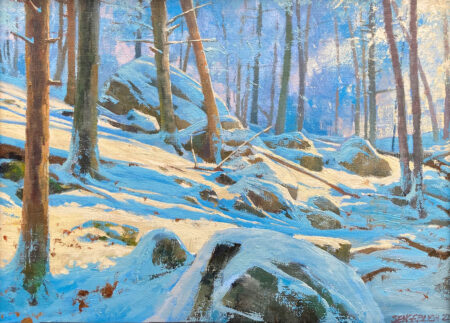
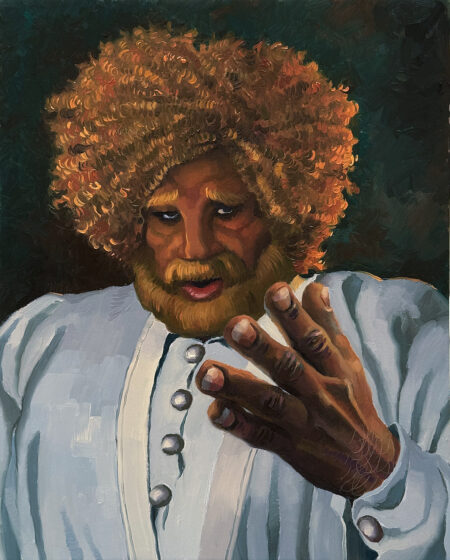
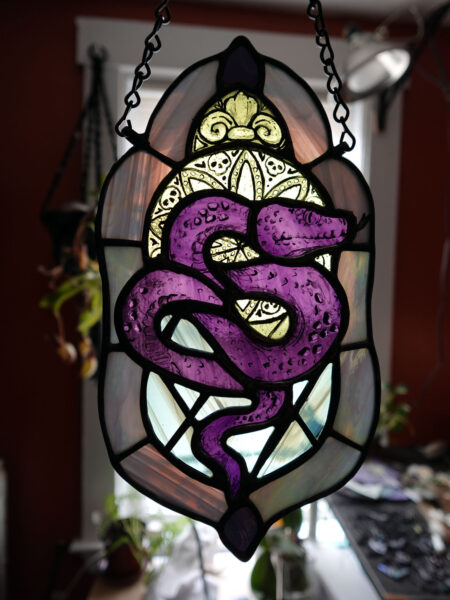













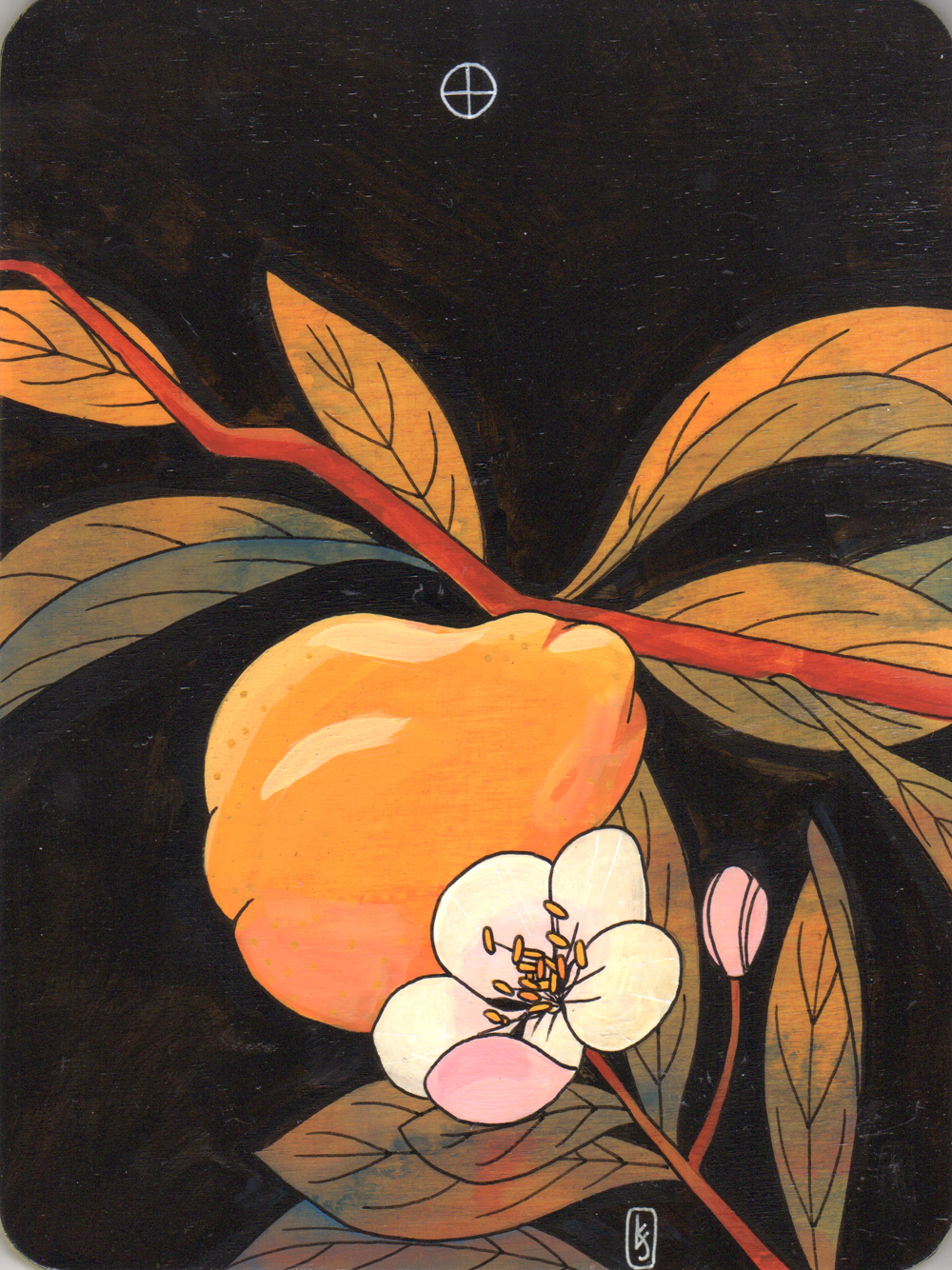
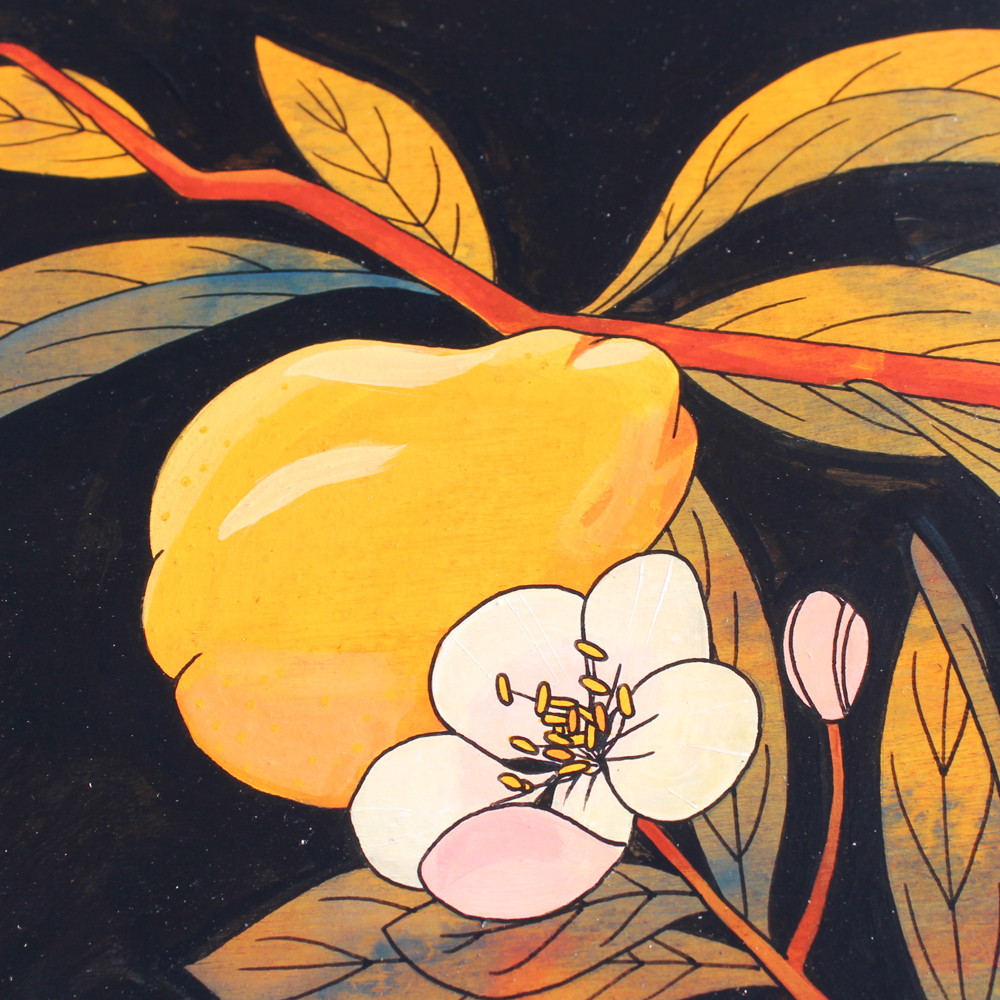
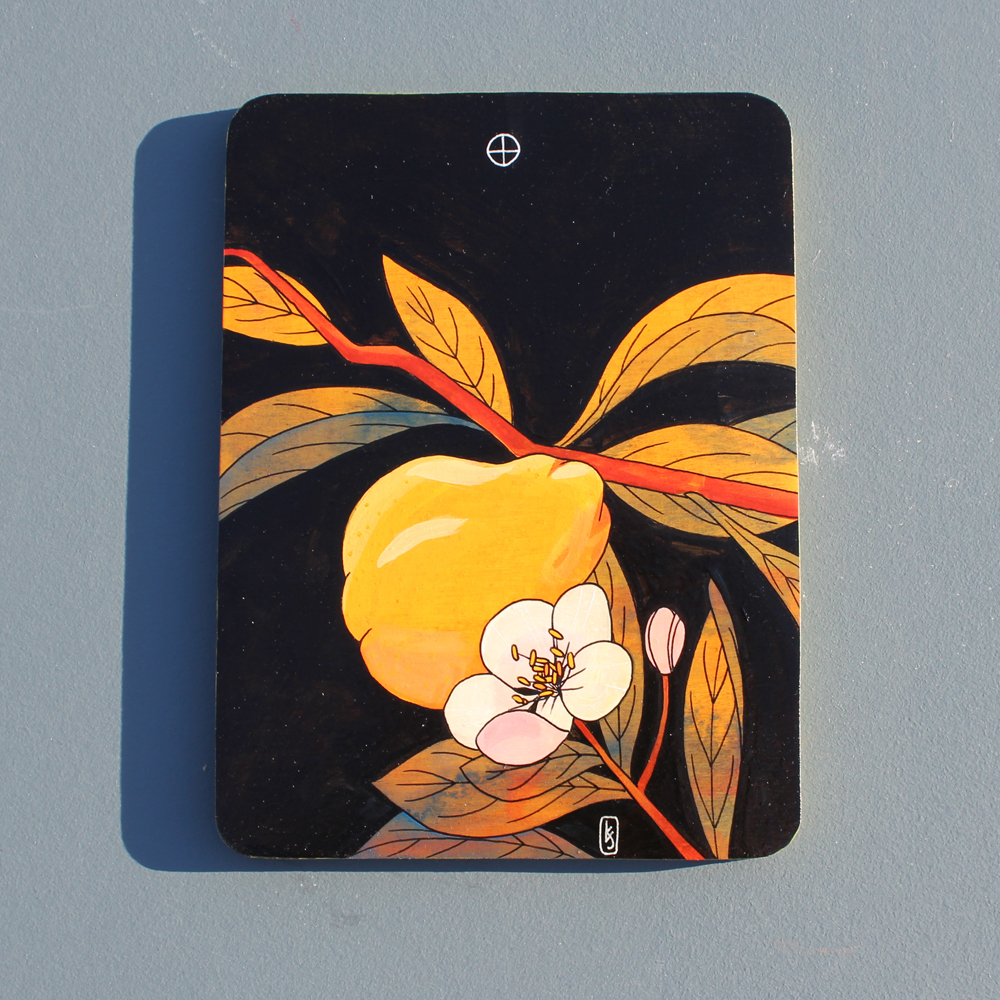
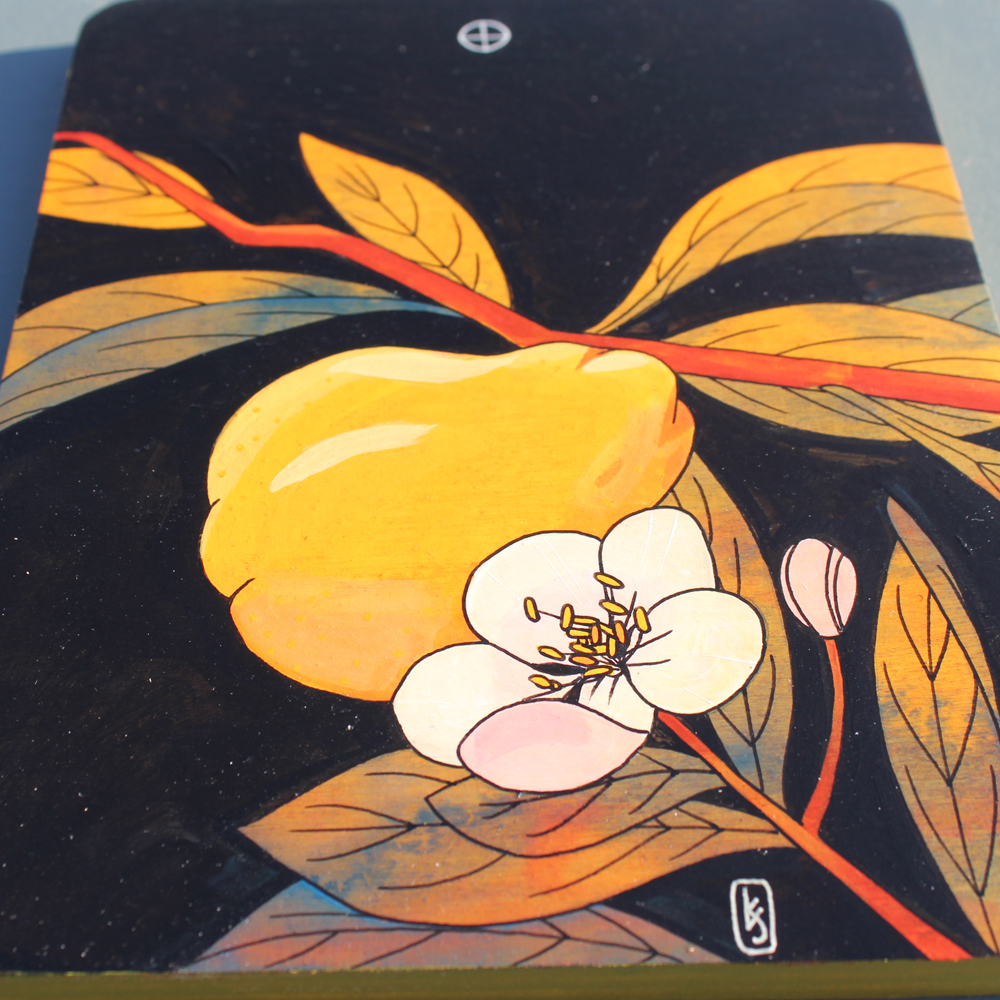
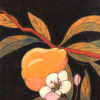
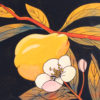
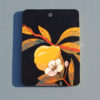
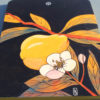

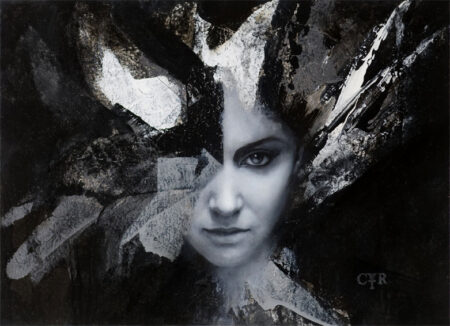
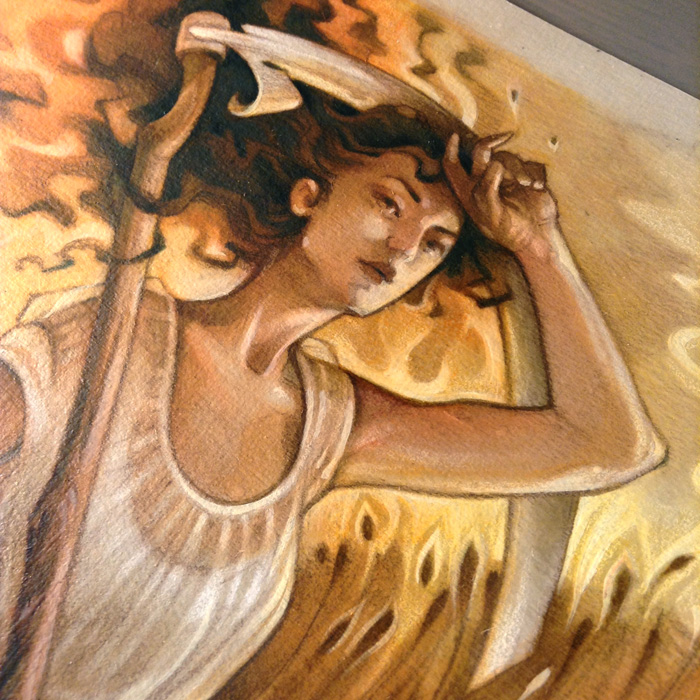

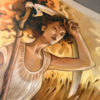
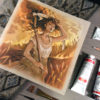


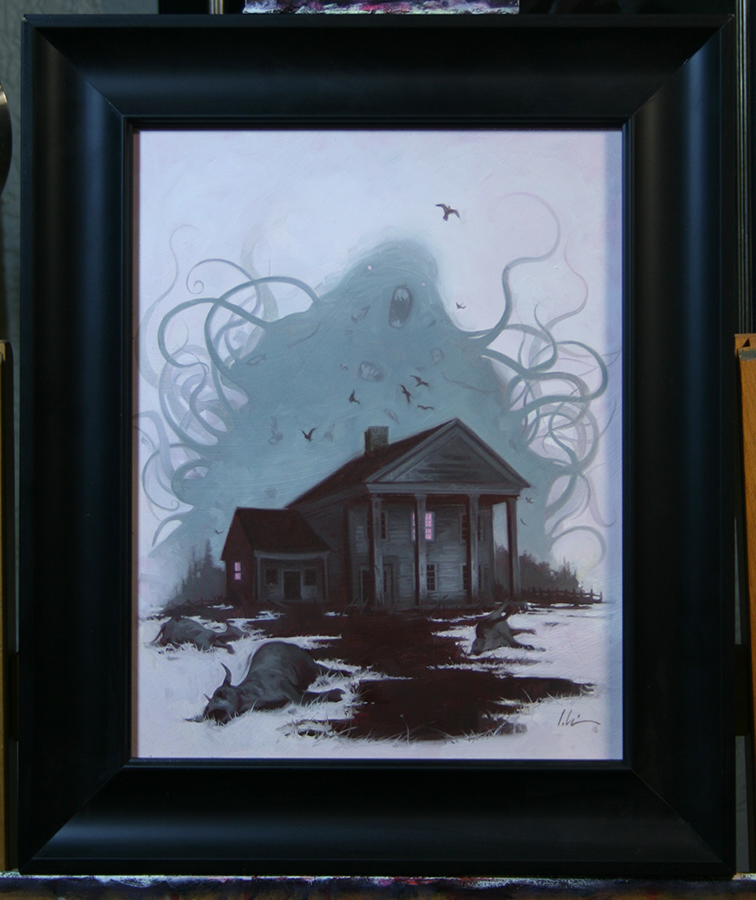
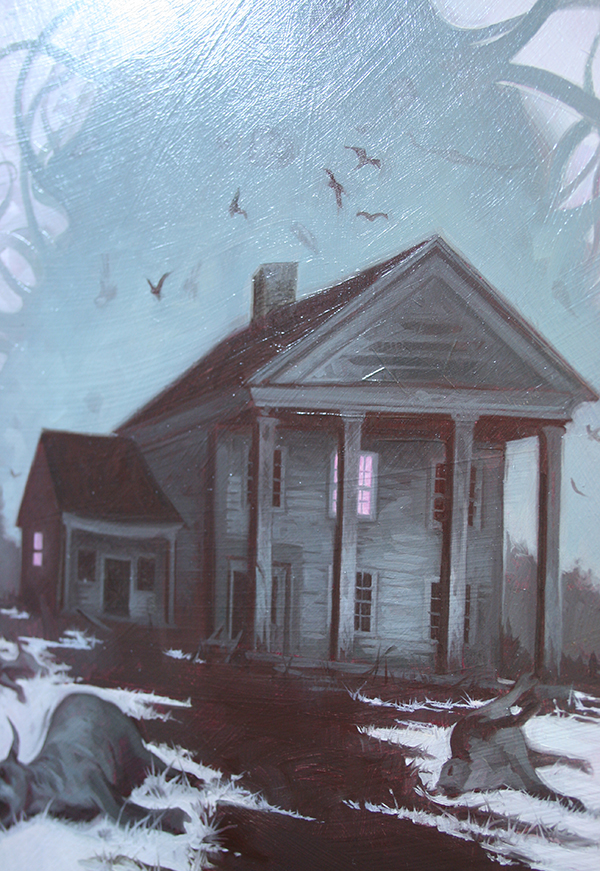
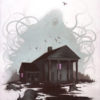
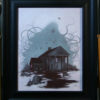
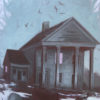
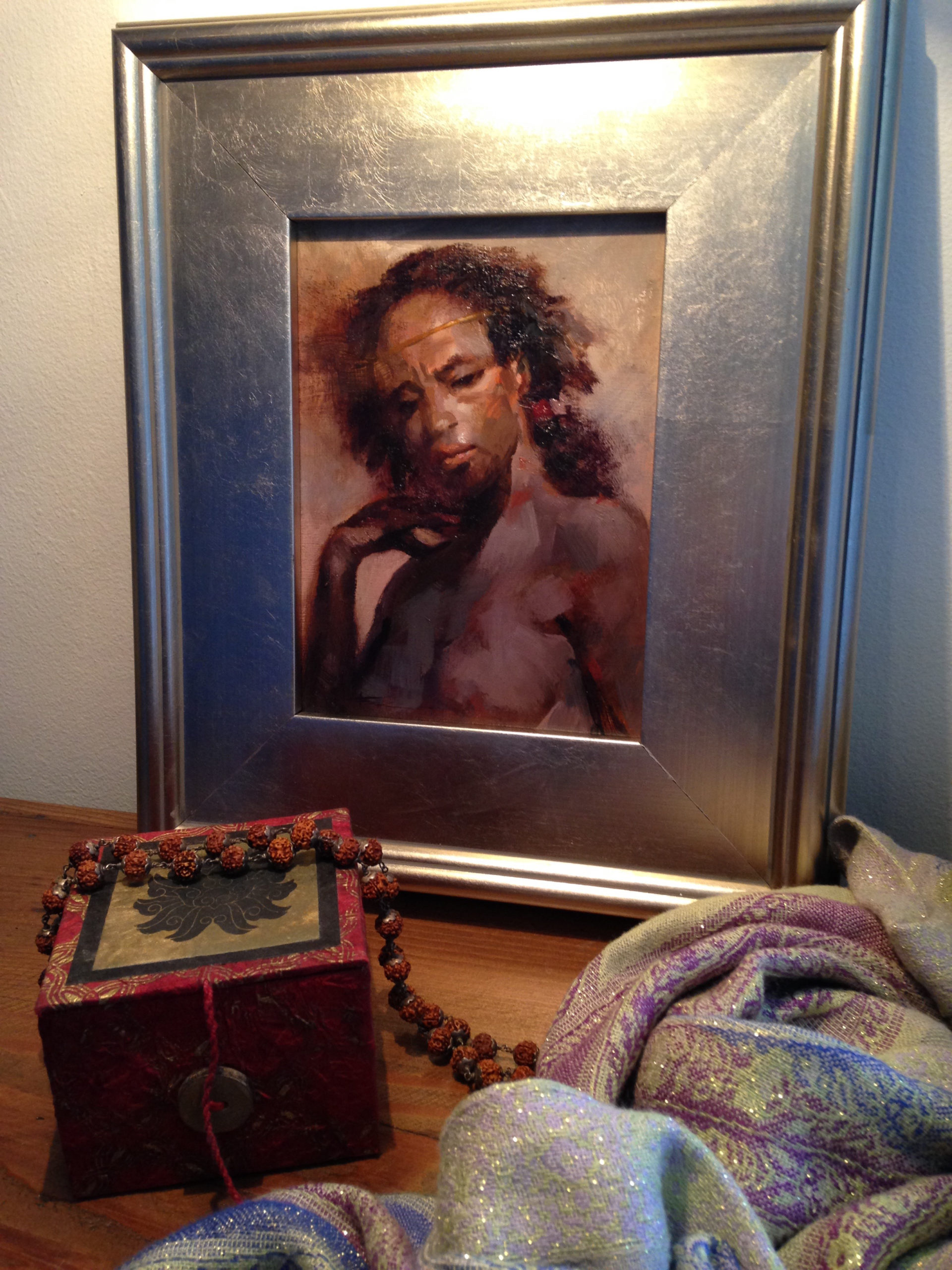

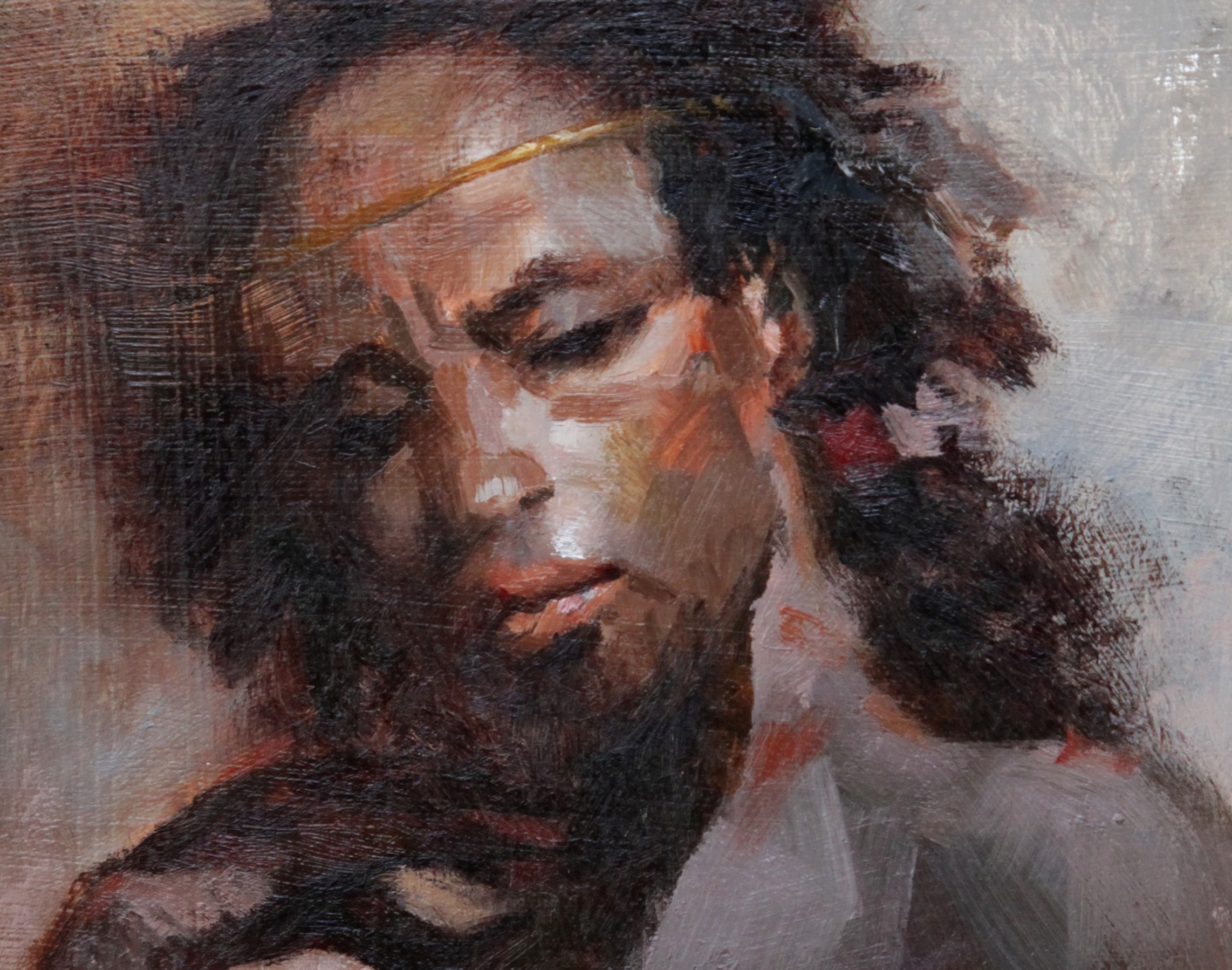
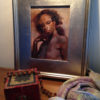
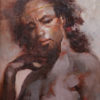
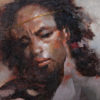

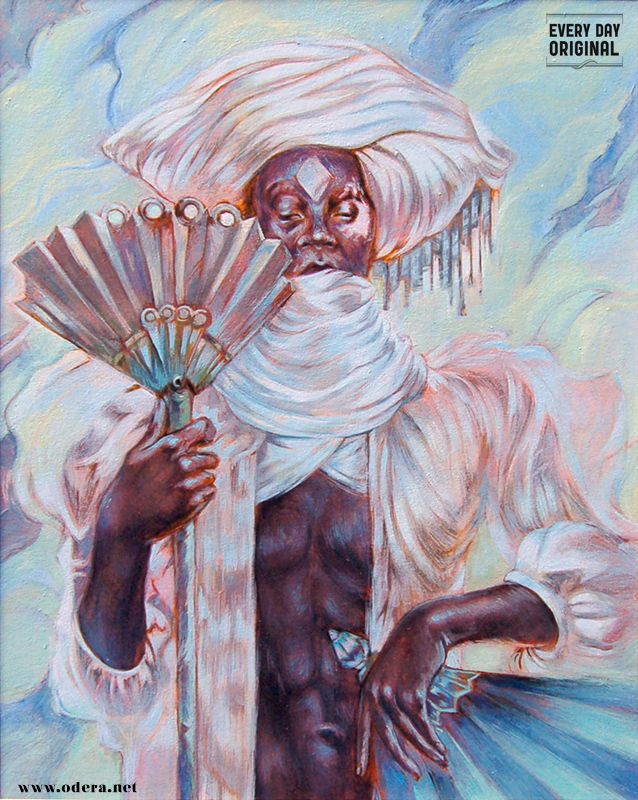
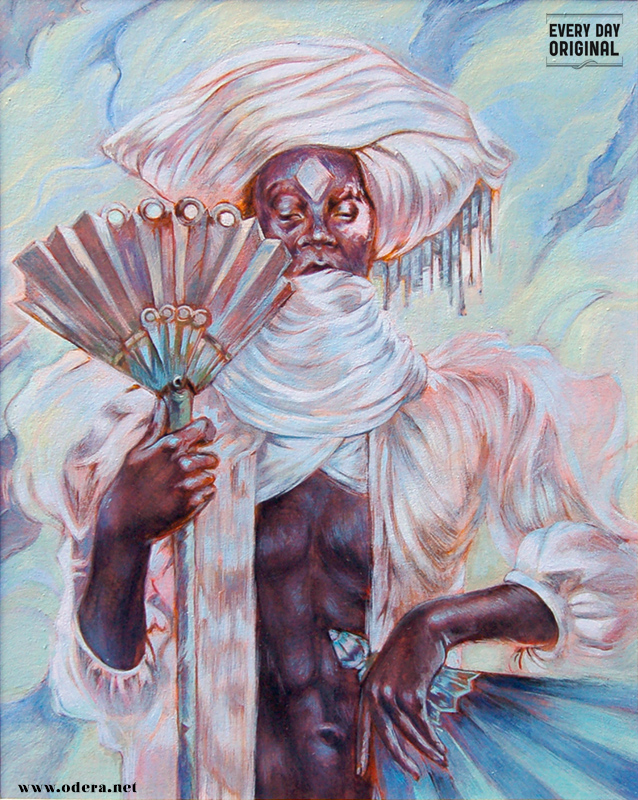
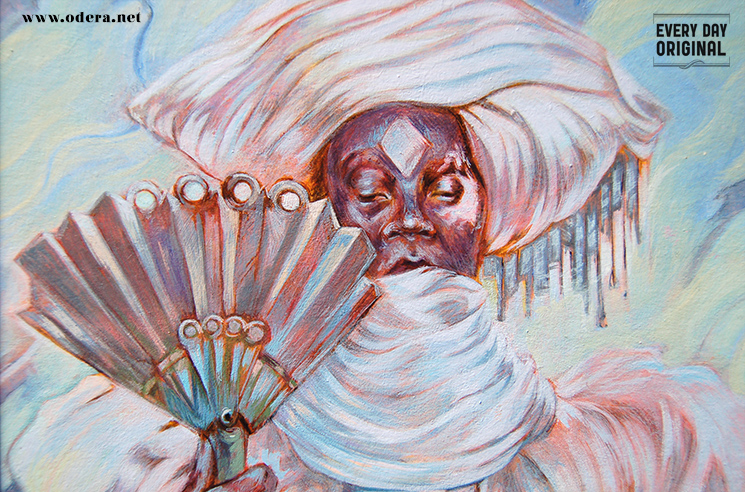
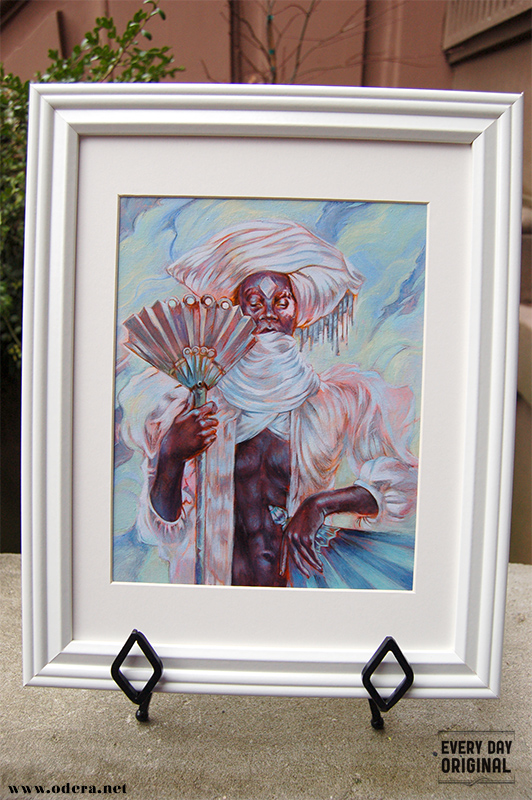
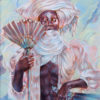
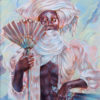
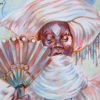
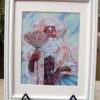
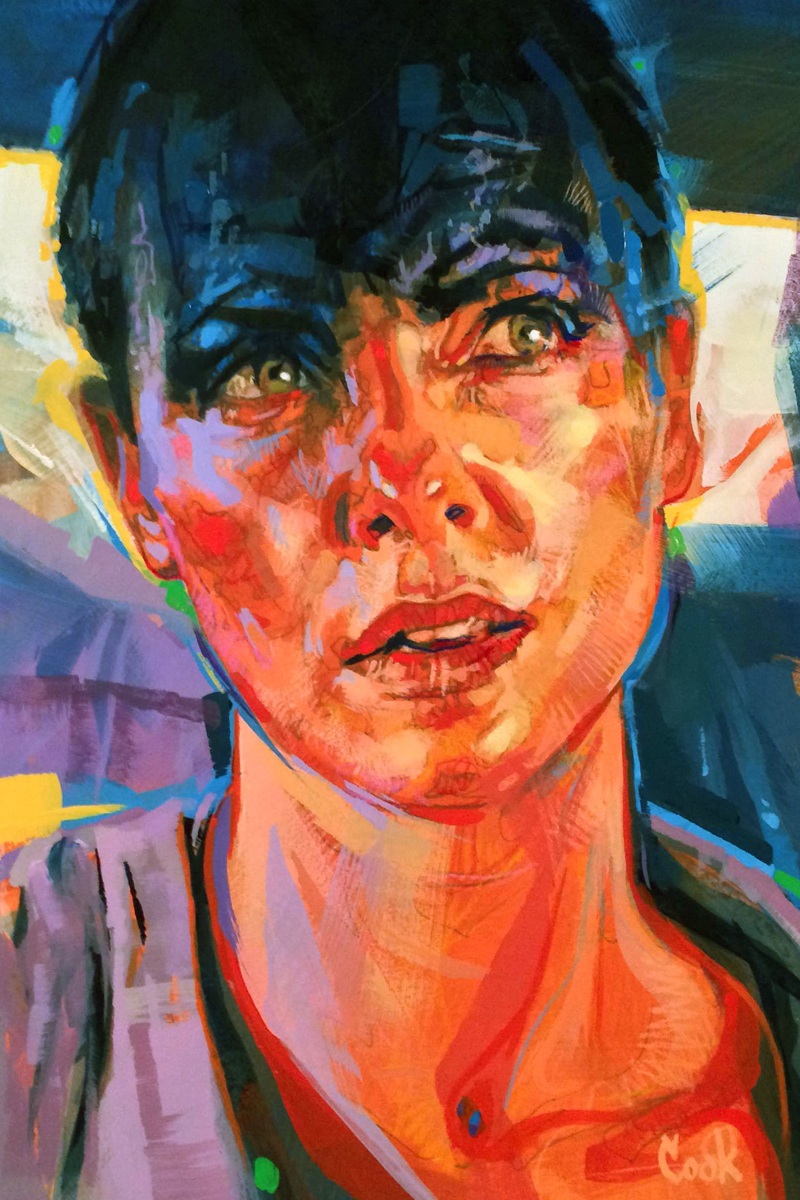
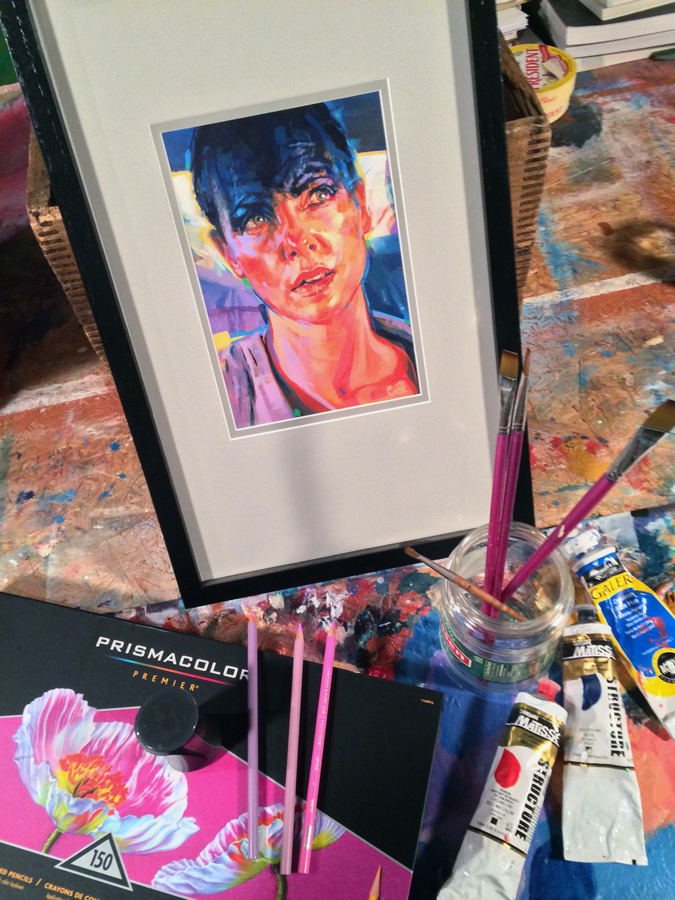
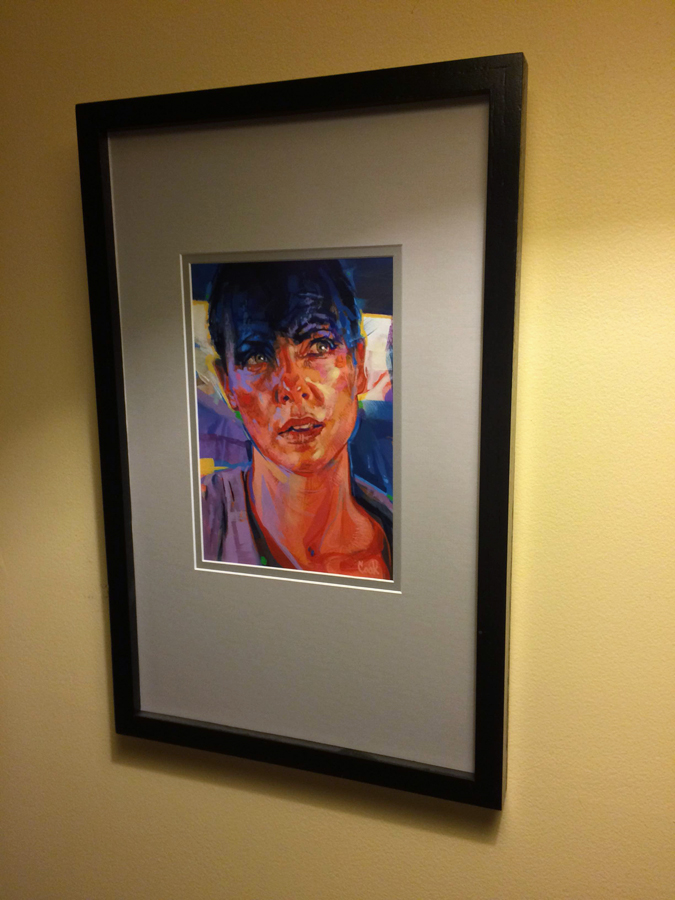
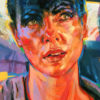
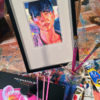

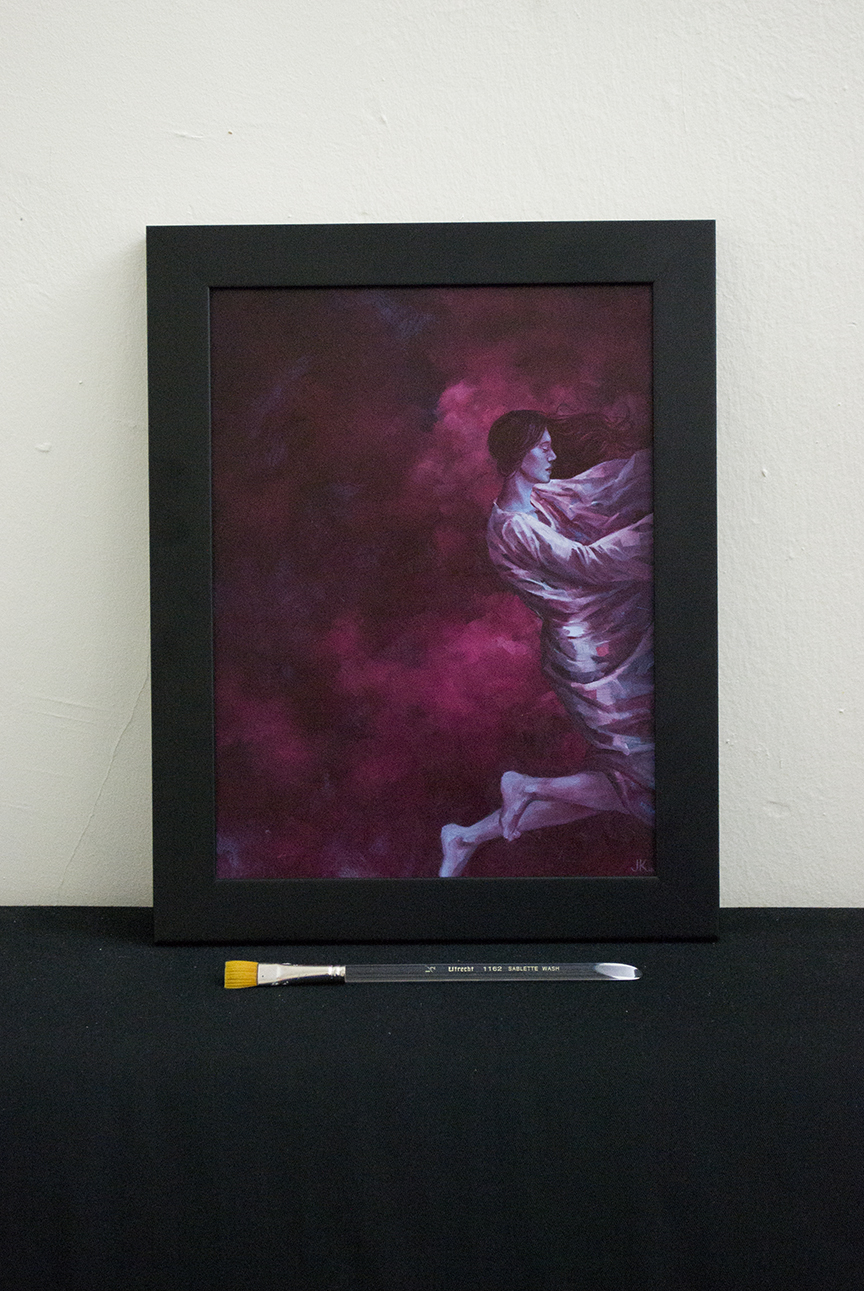

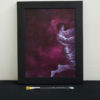
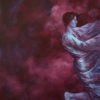

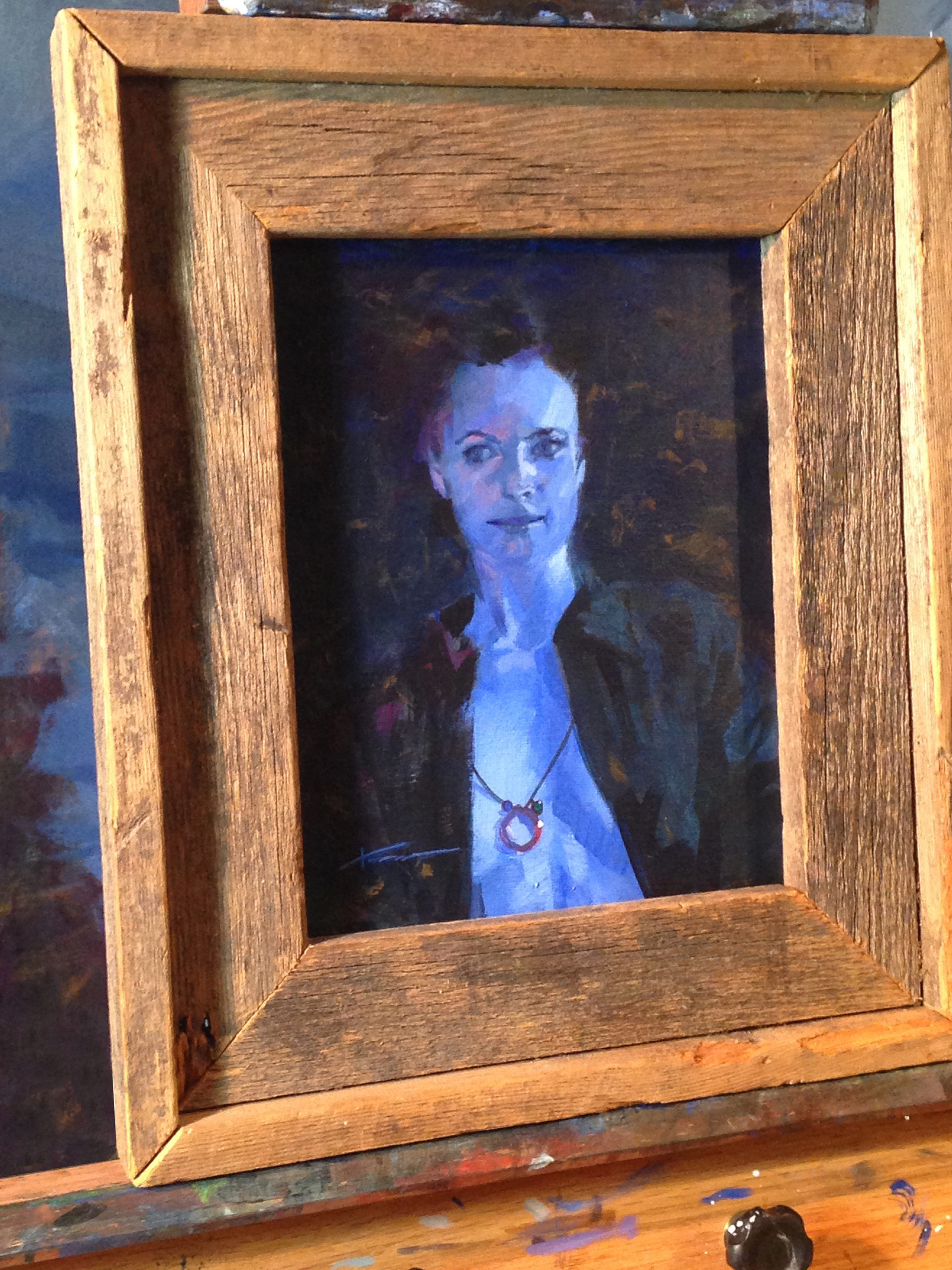


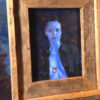
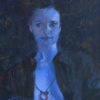
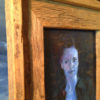








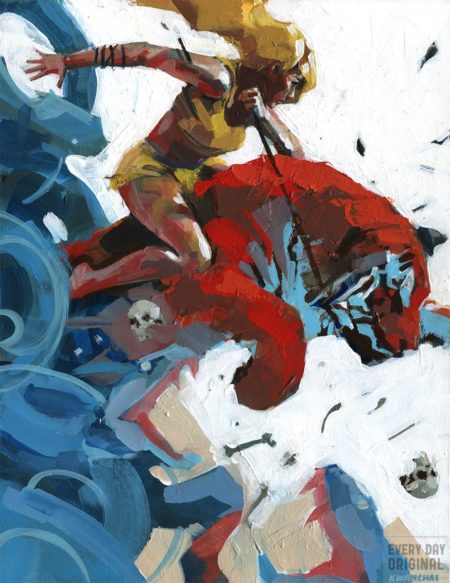
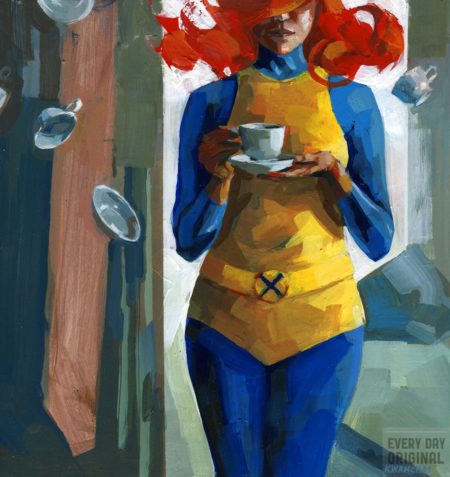
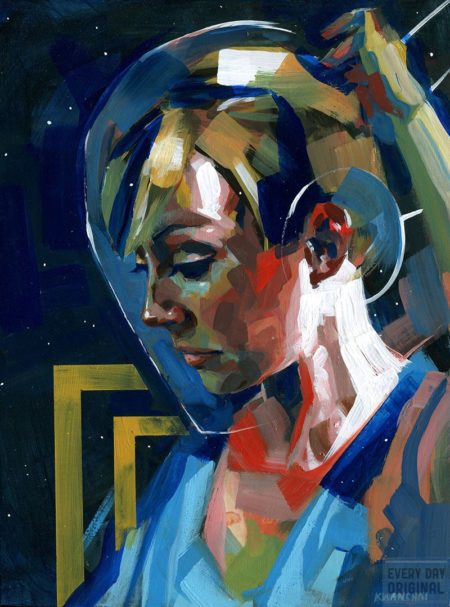
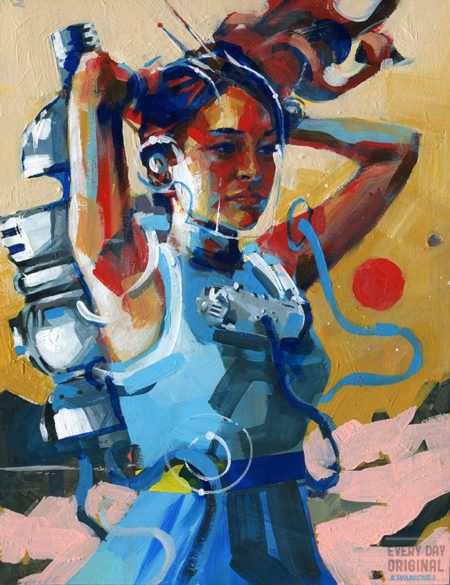

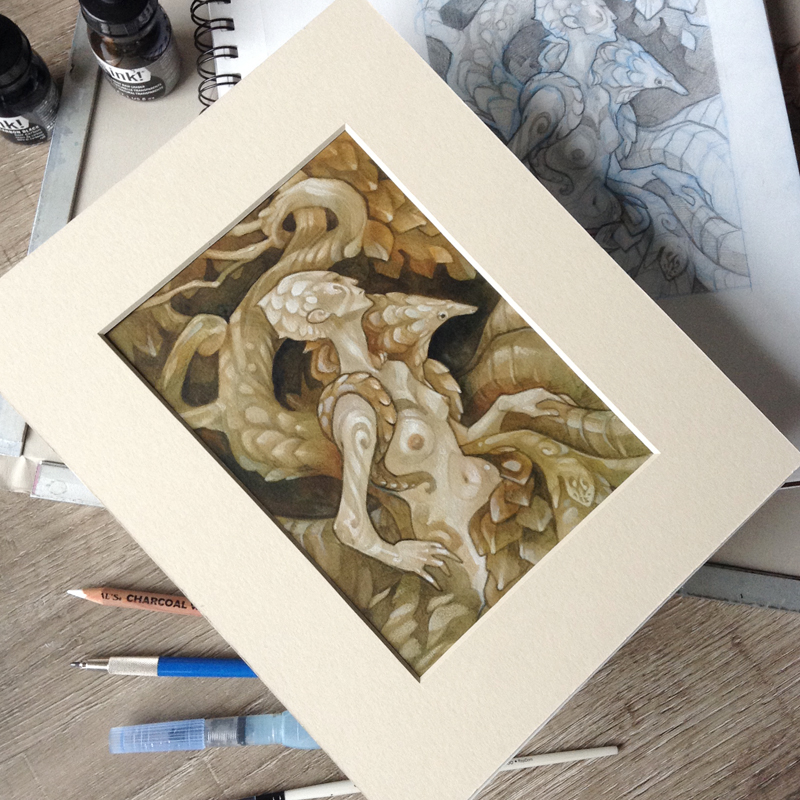
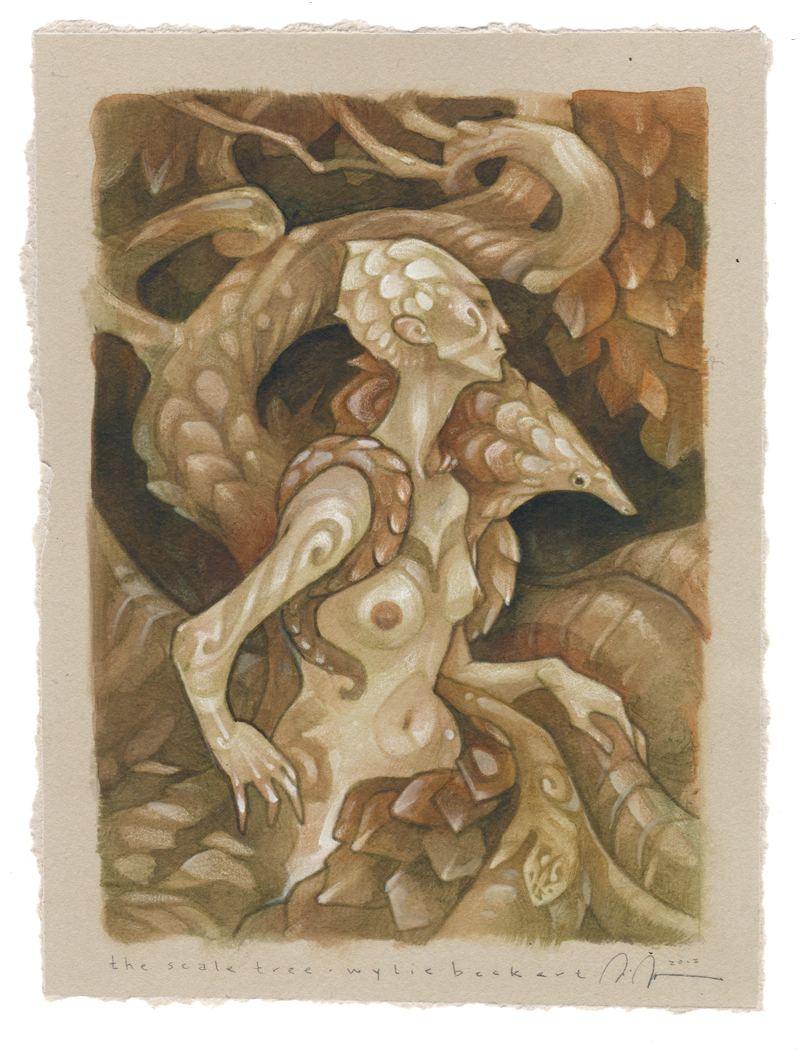
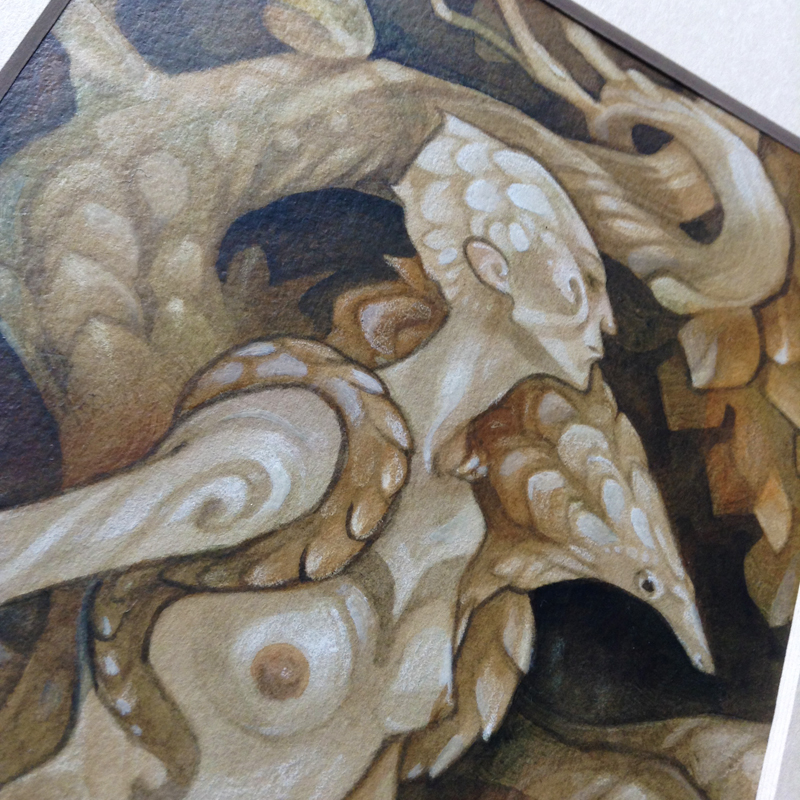
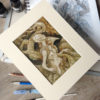

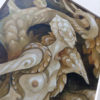
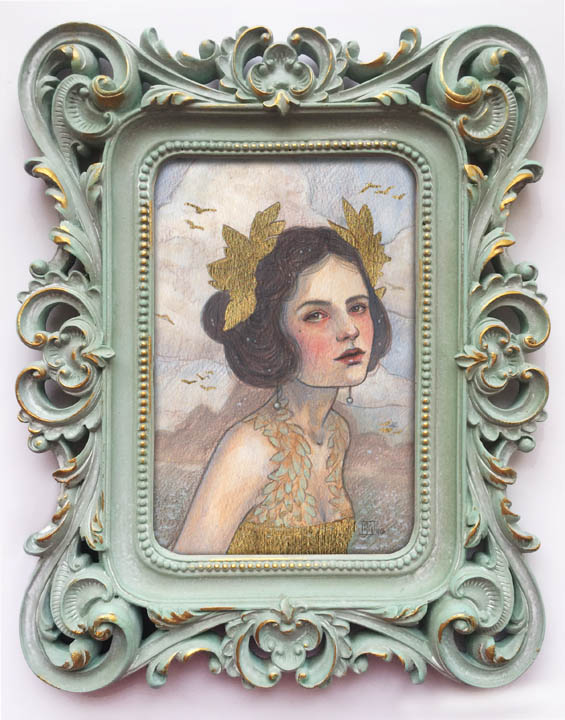
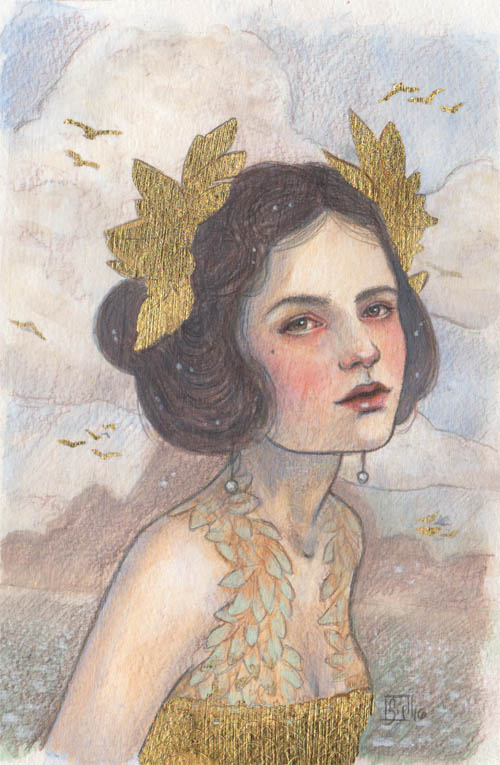
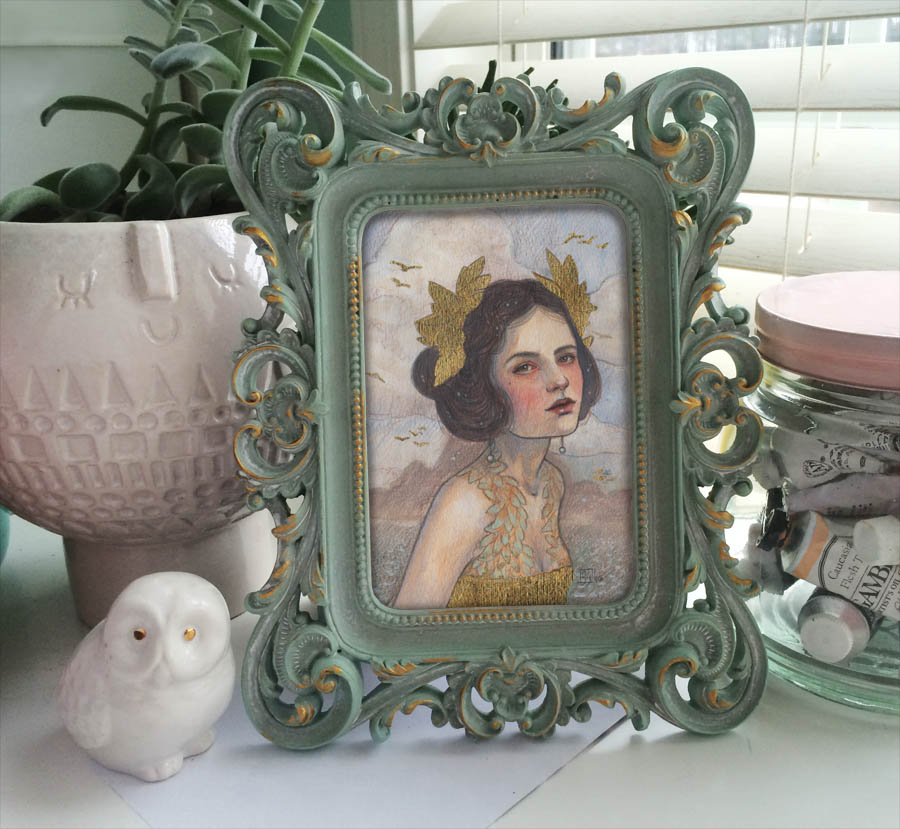
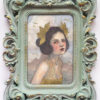
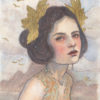
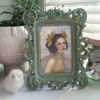

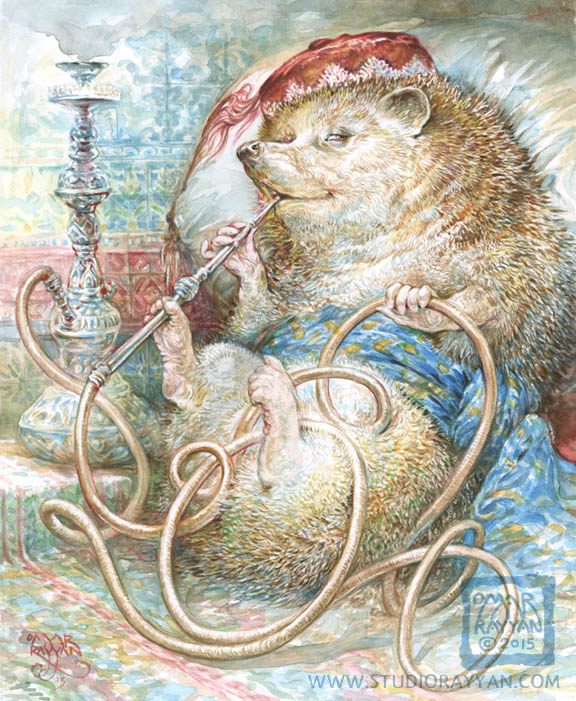
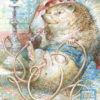
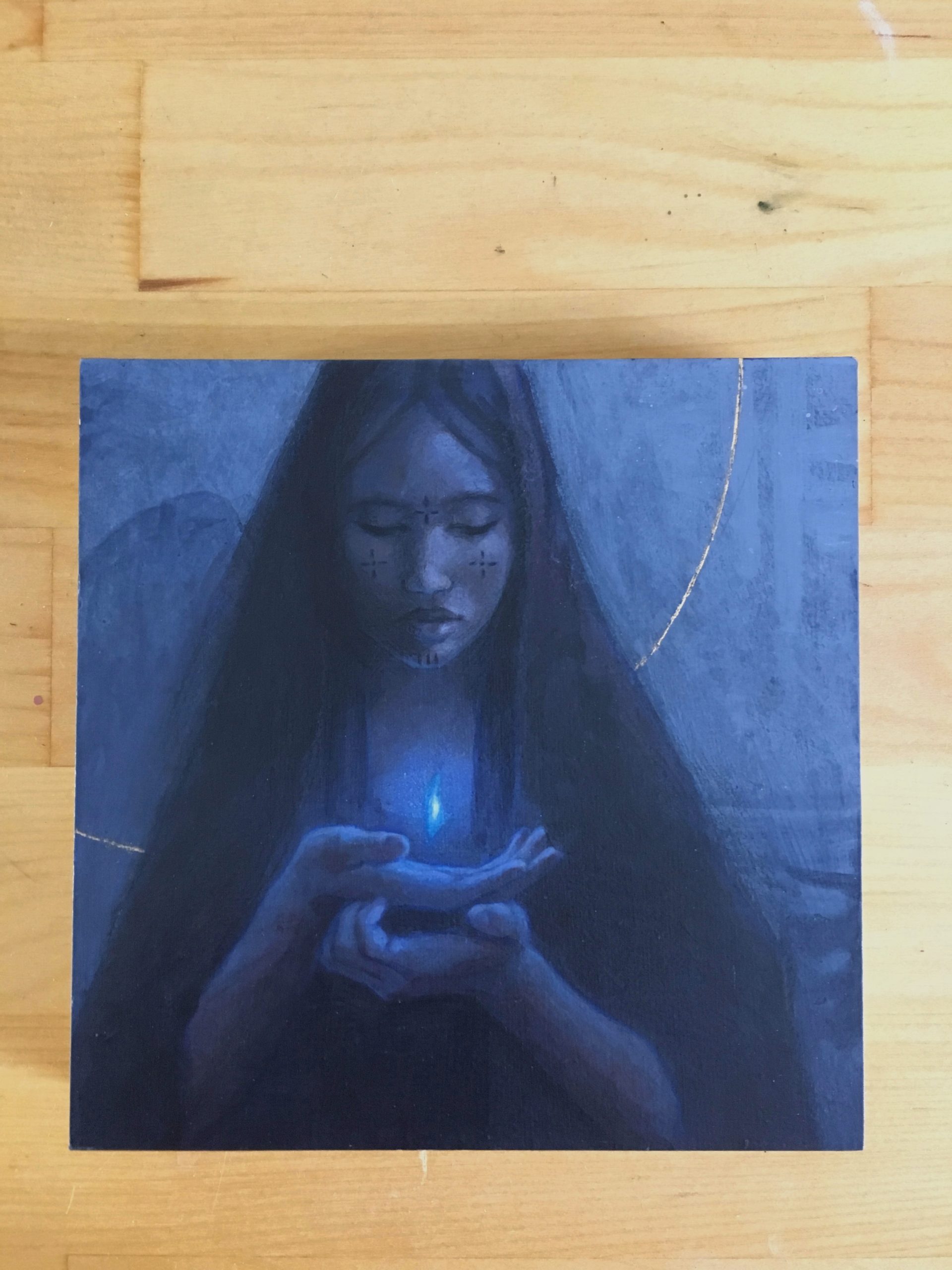


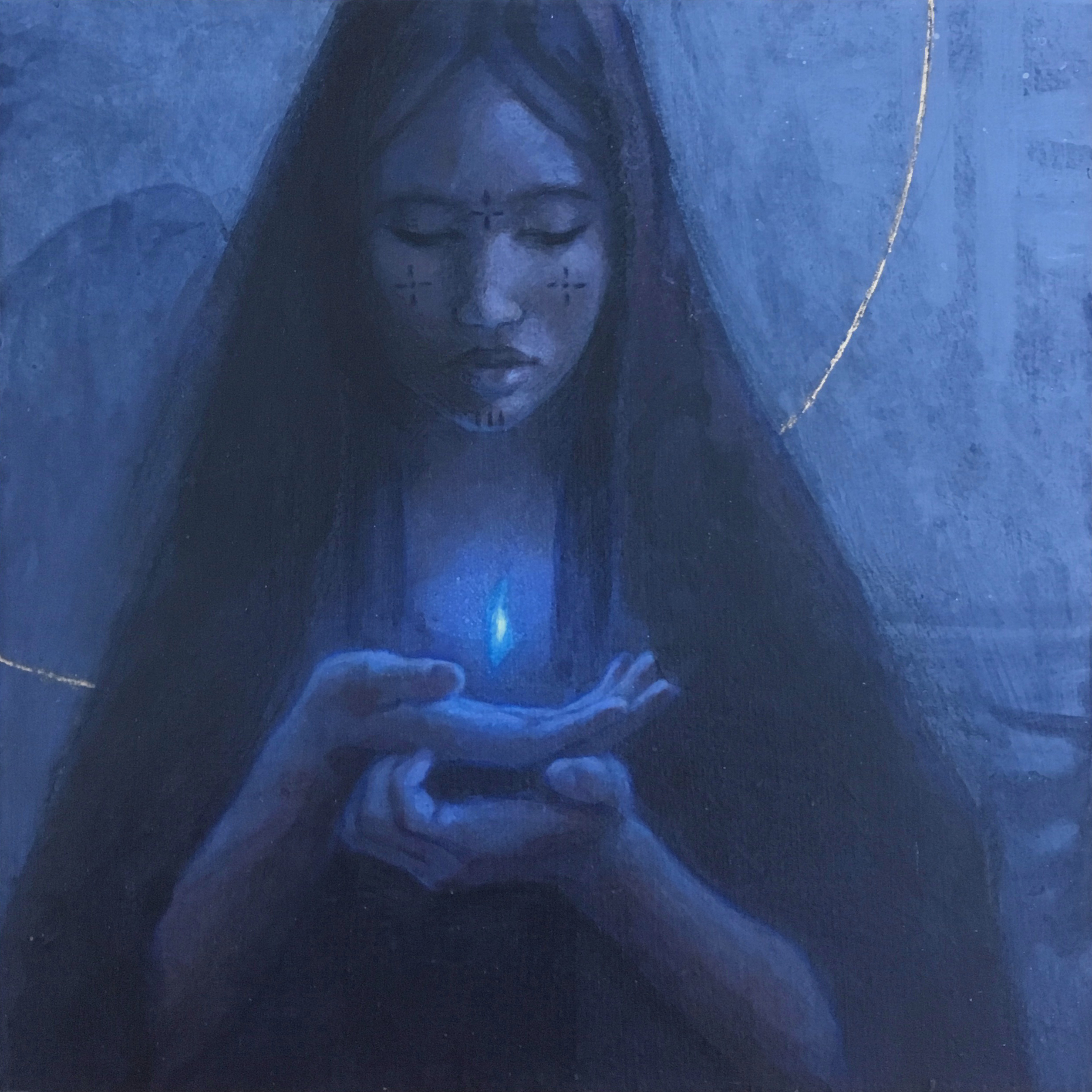
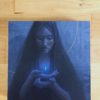
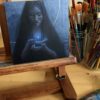
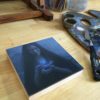
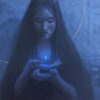

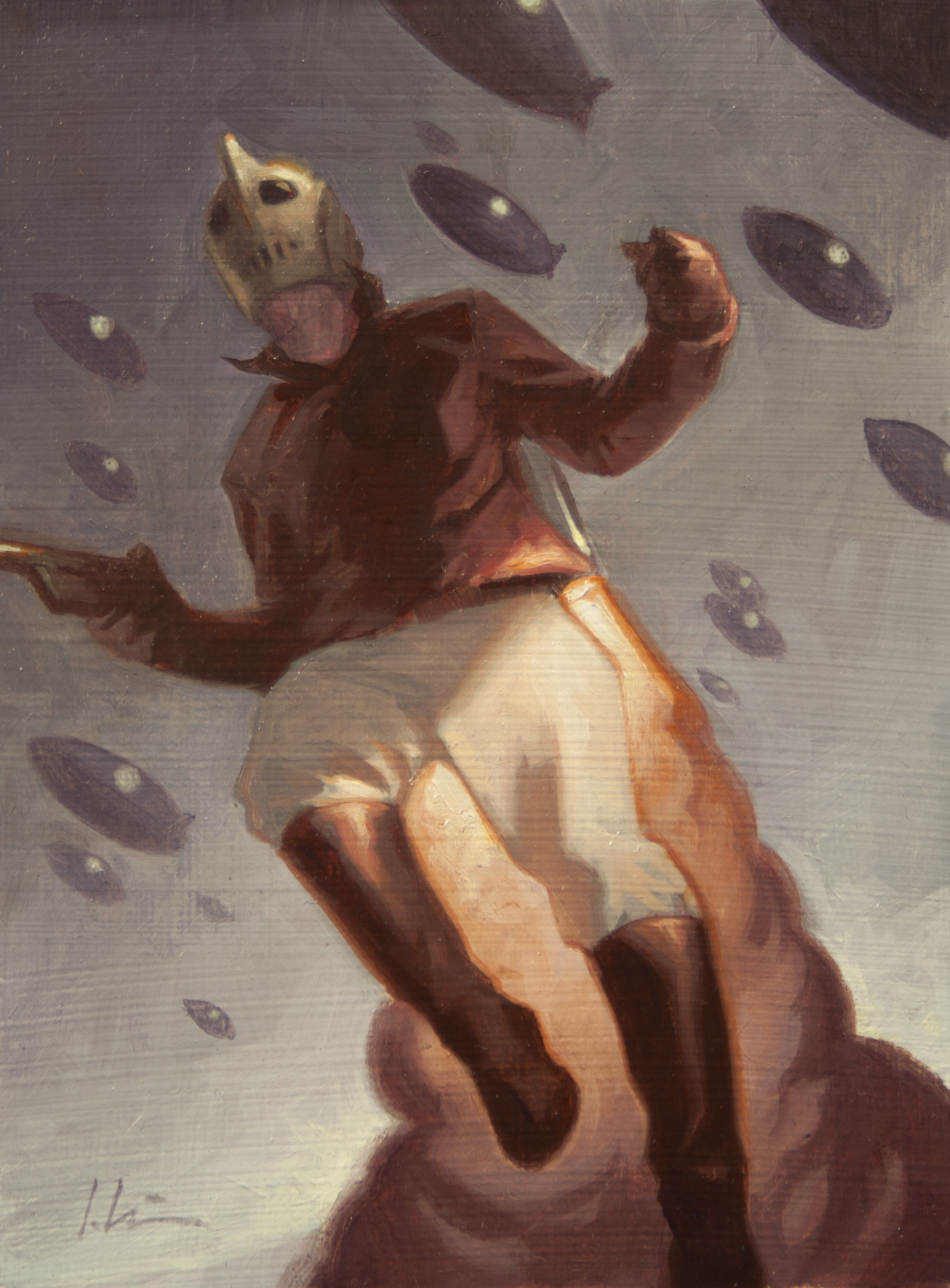

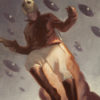
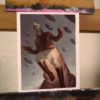
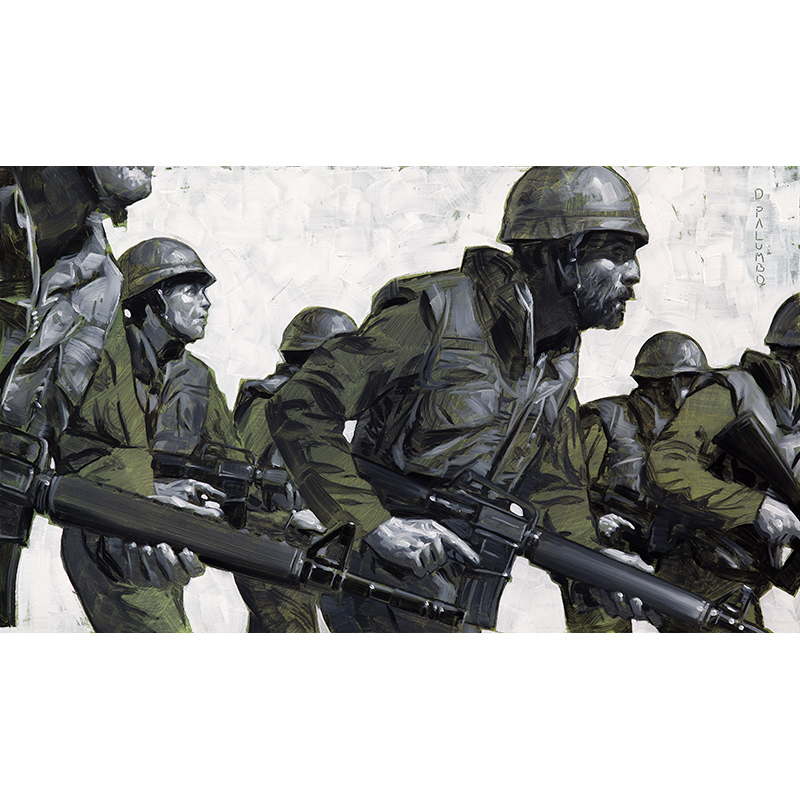
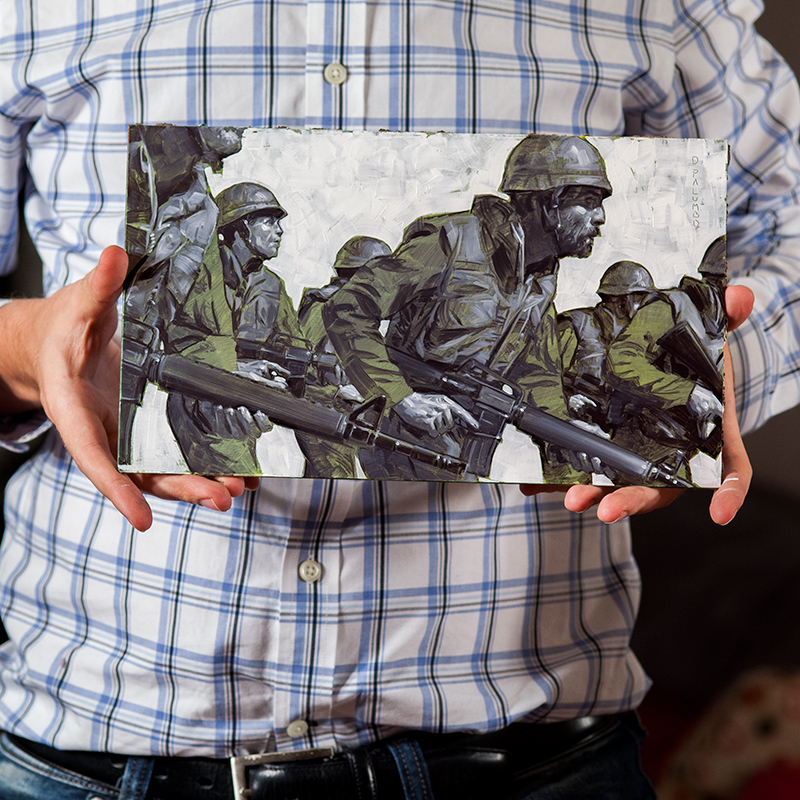
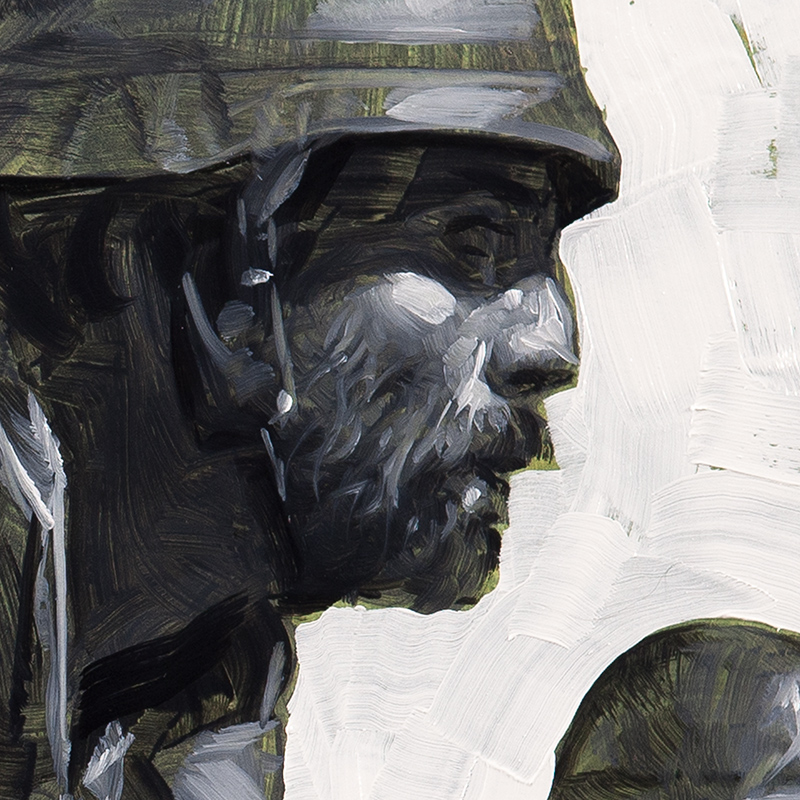
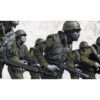

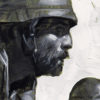

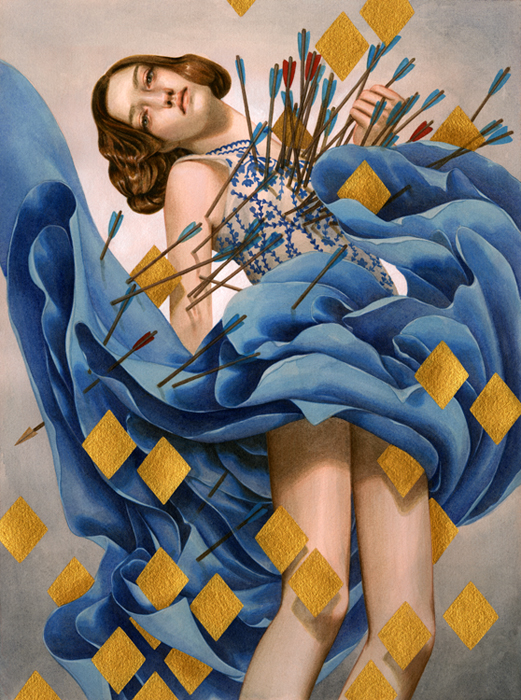 3. If I recall correctly, you were initially a very polite “no” to the invite to Every Day Original. What was your hesitation? What changed your mind?
3. If I recall correctly, you were initially a very polite “no” to the invite to Every Day Original. What was your hesitation? What changed your mind?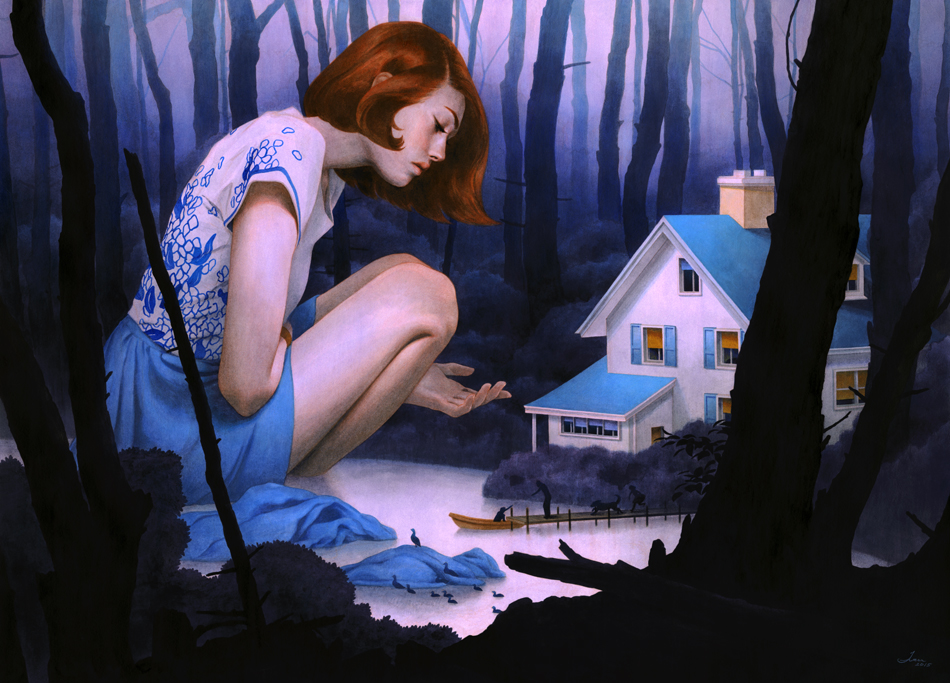
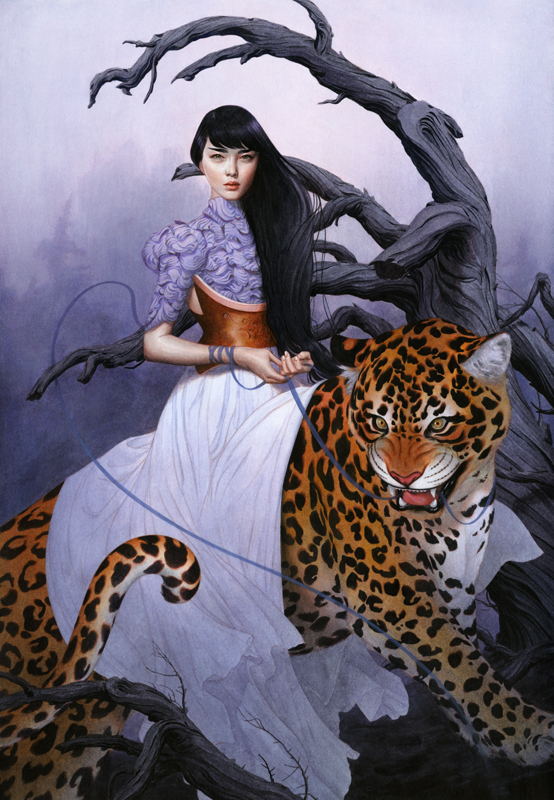 10. Is using color something that comes naturally to you, or something you struggled and worked up to?
10. Is using color something that comes naturally to you, or something you struggled and worked up to?